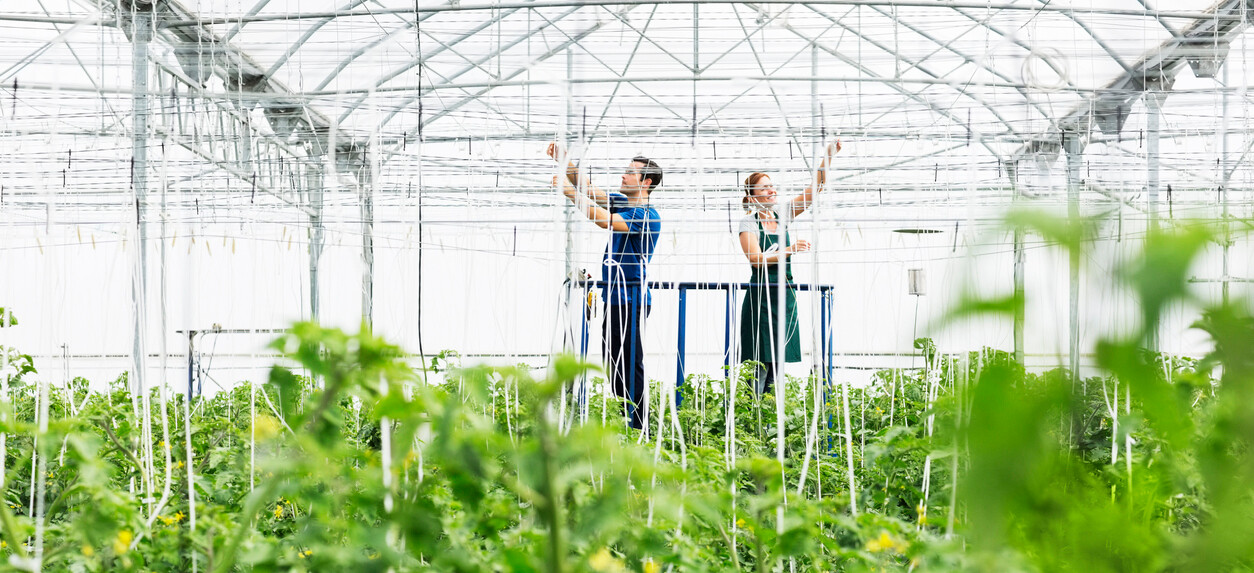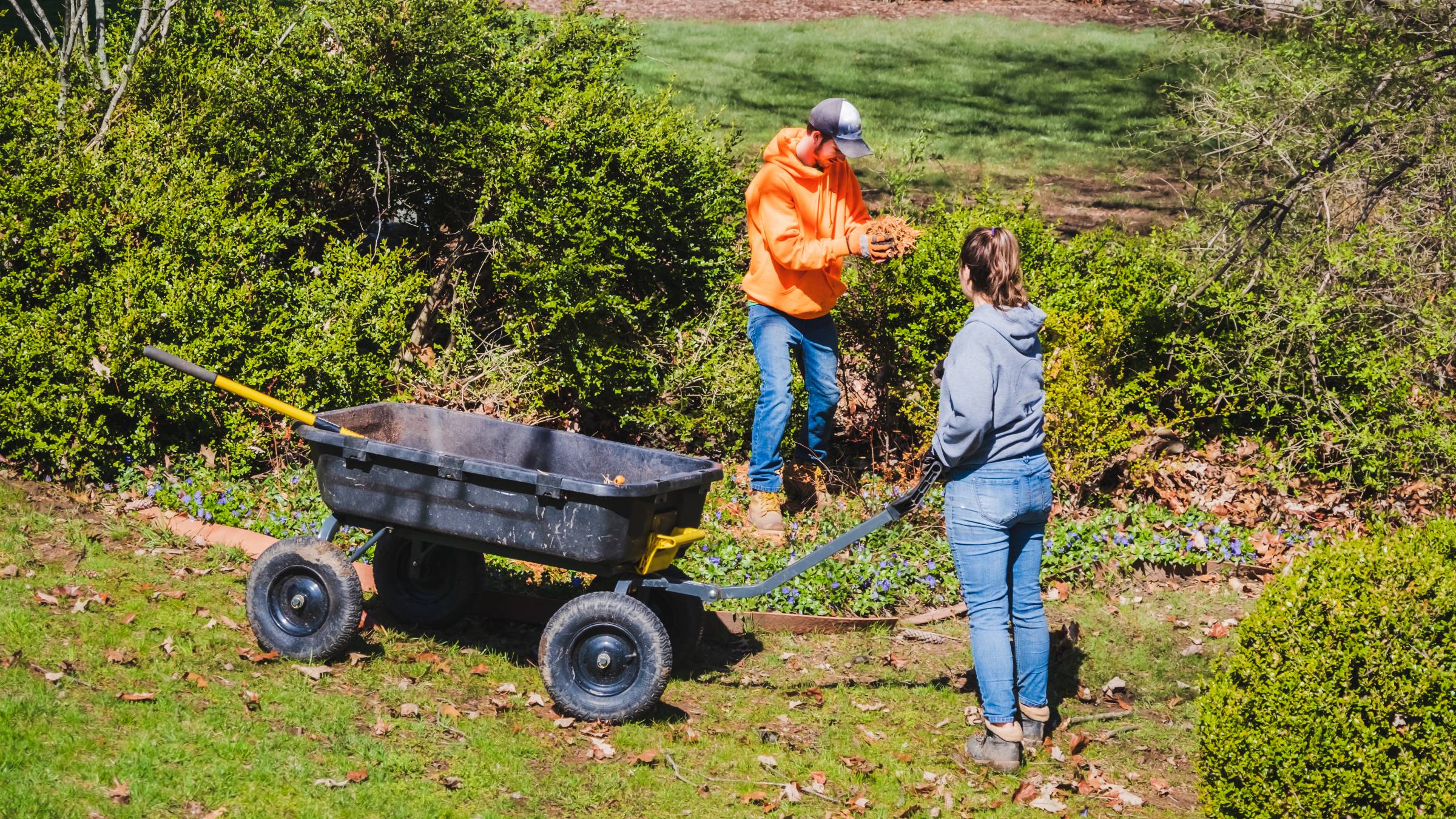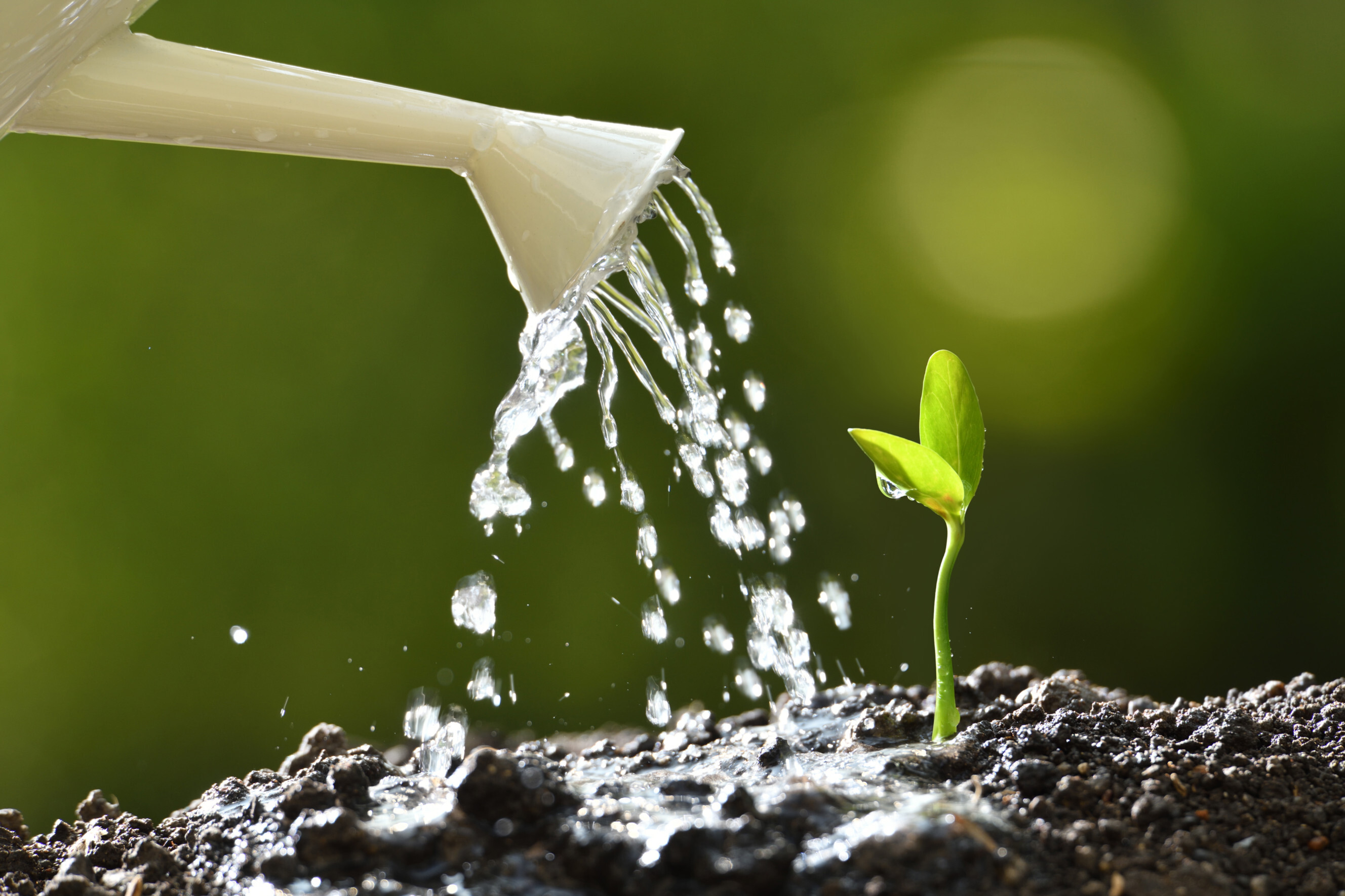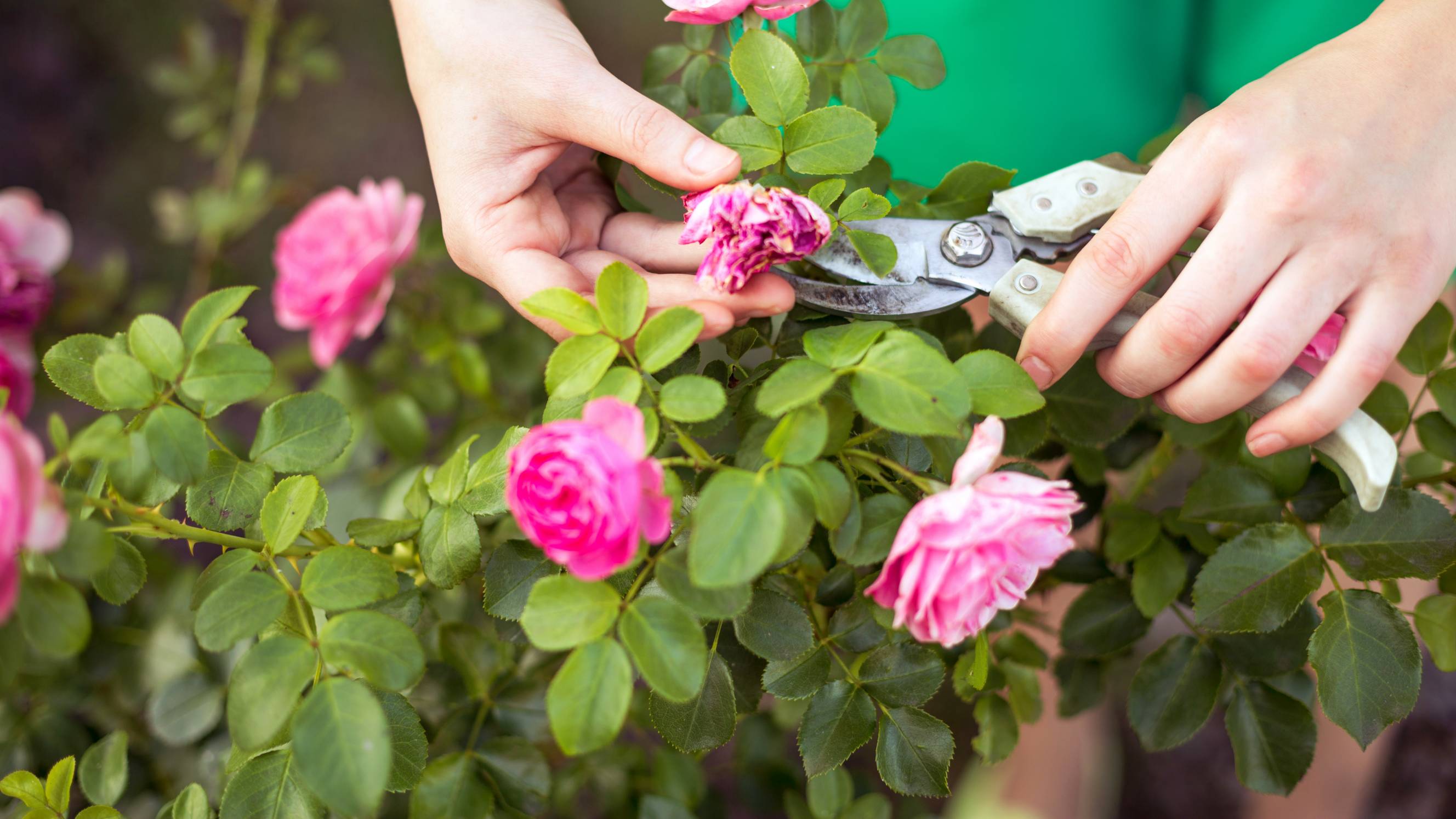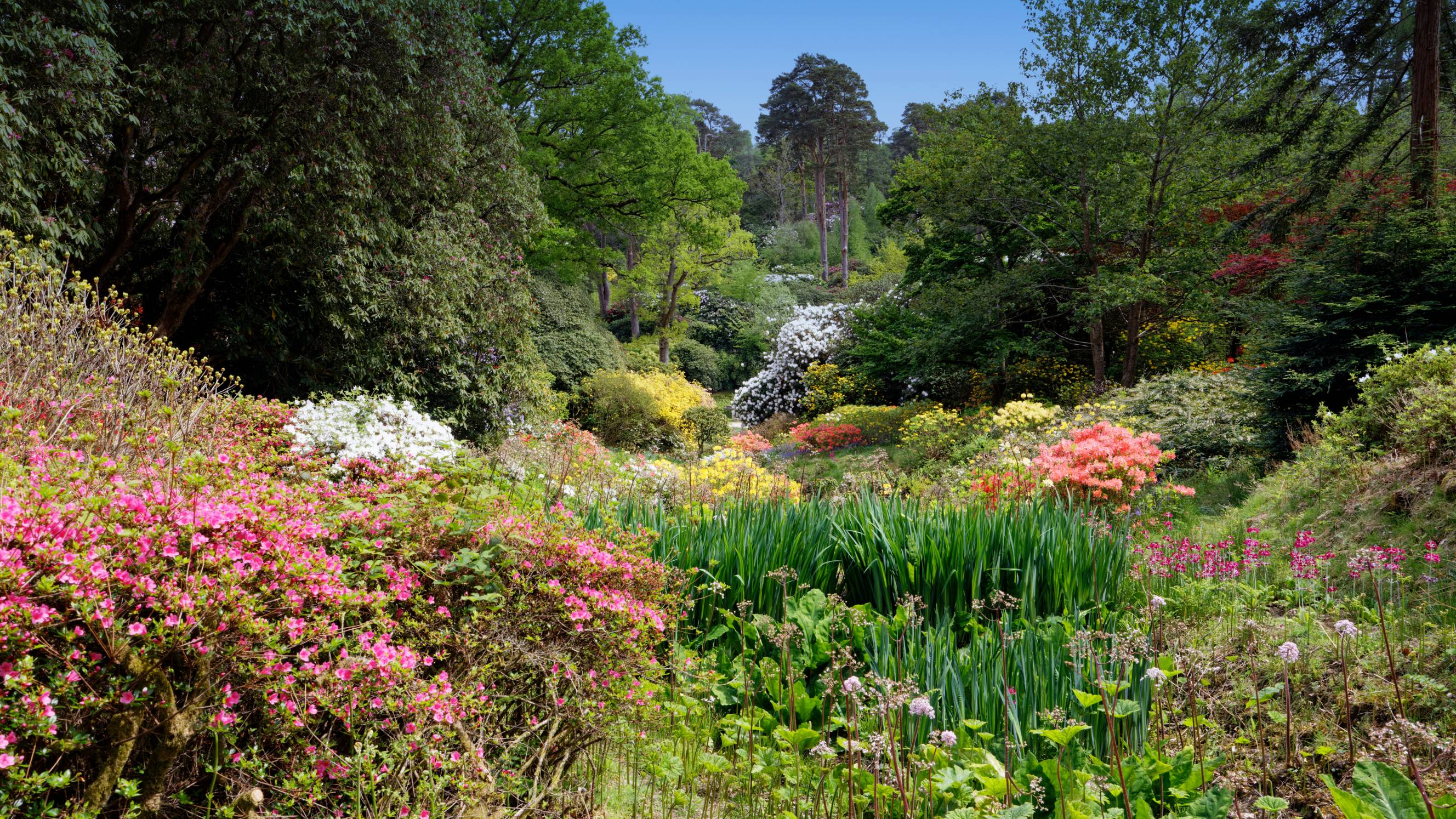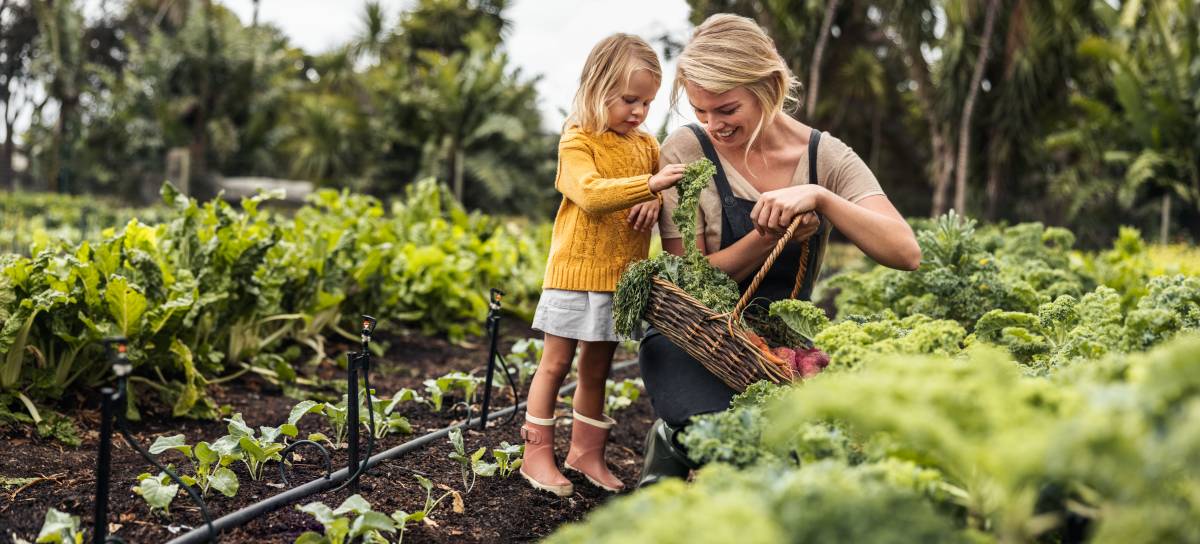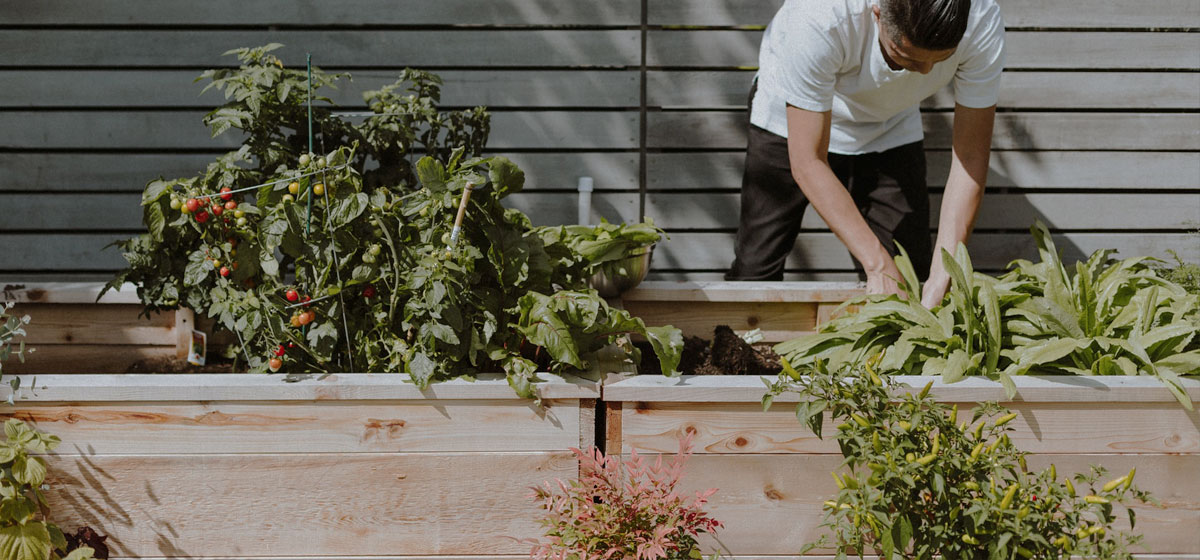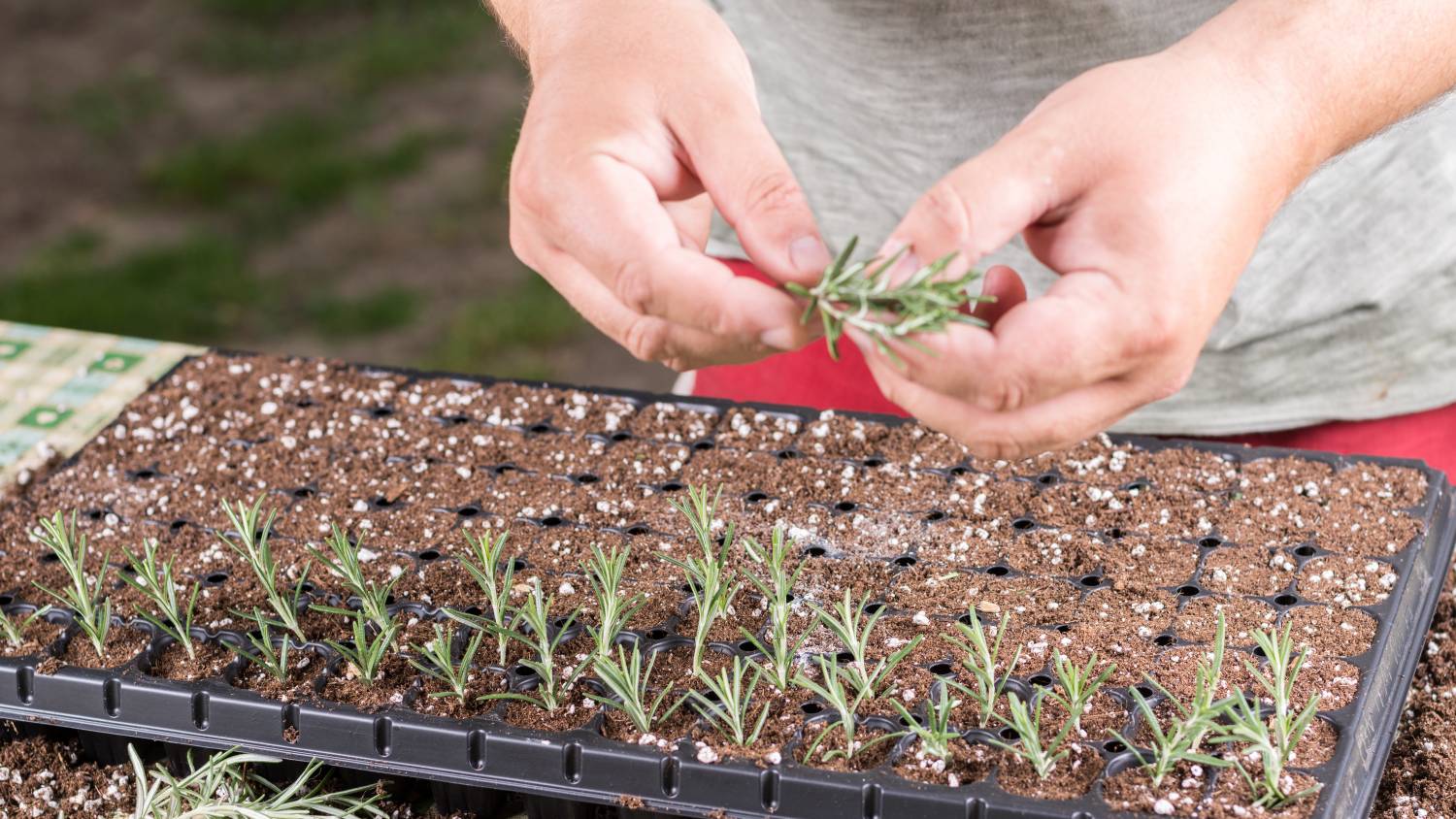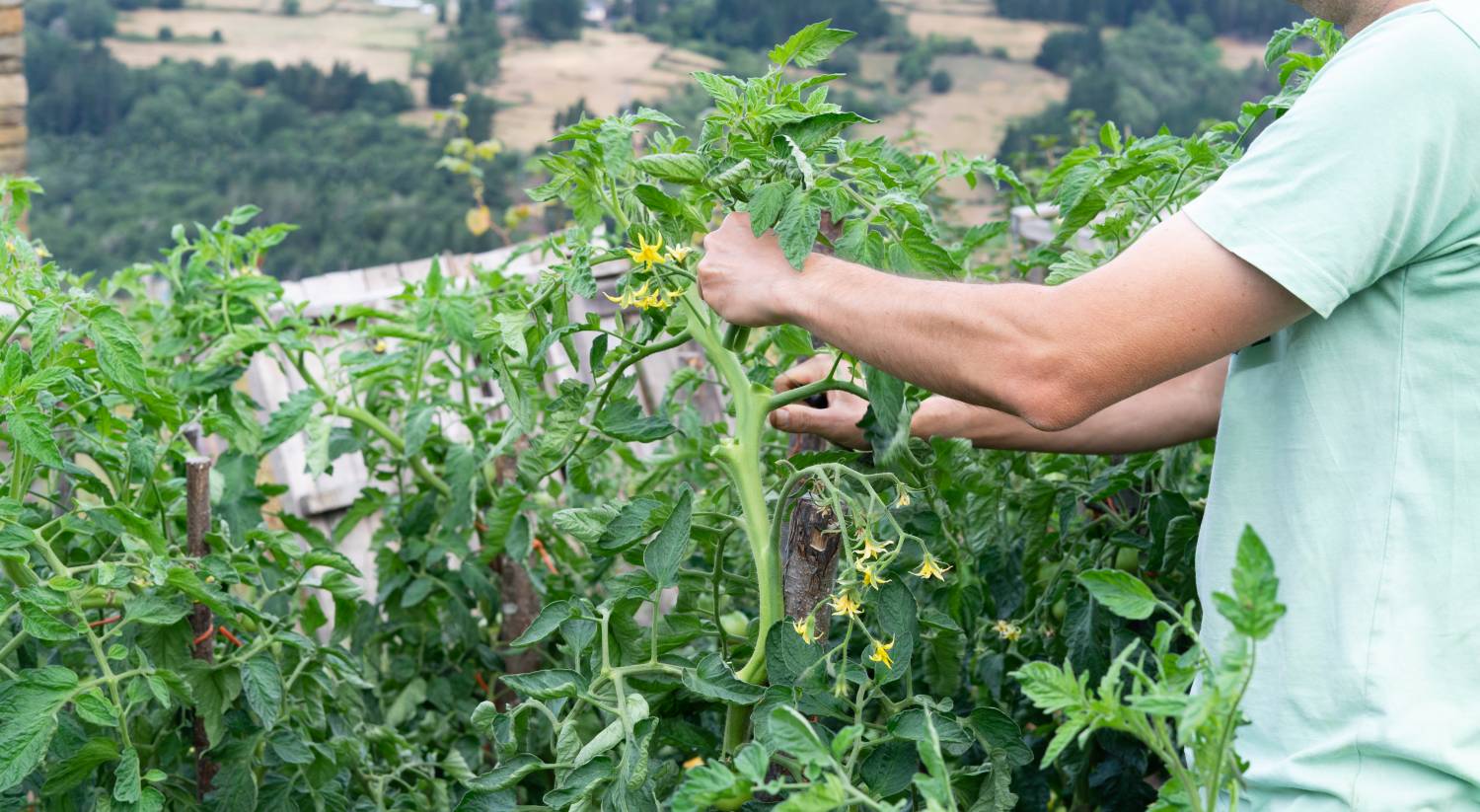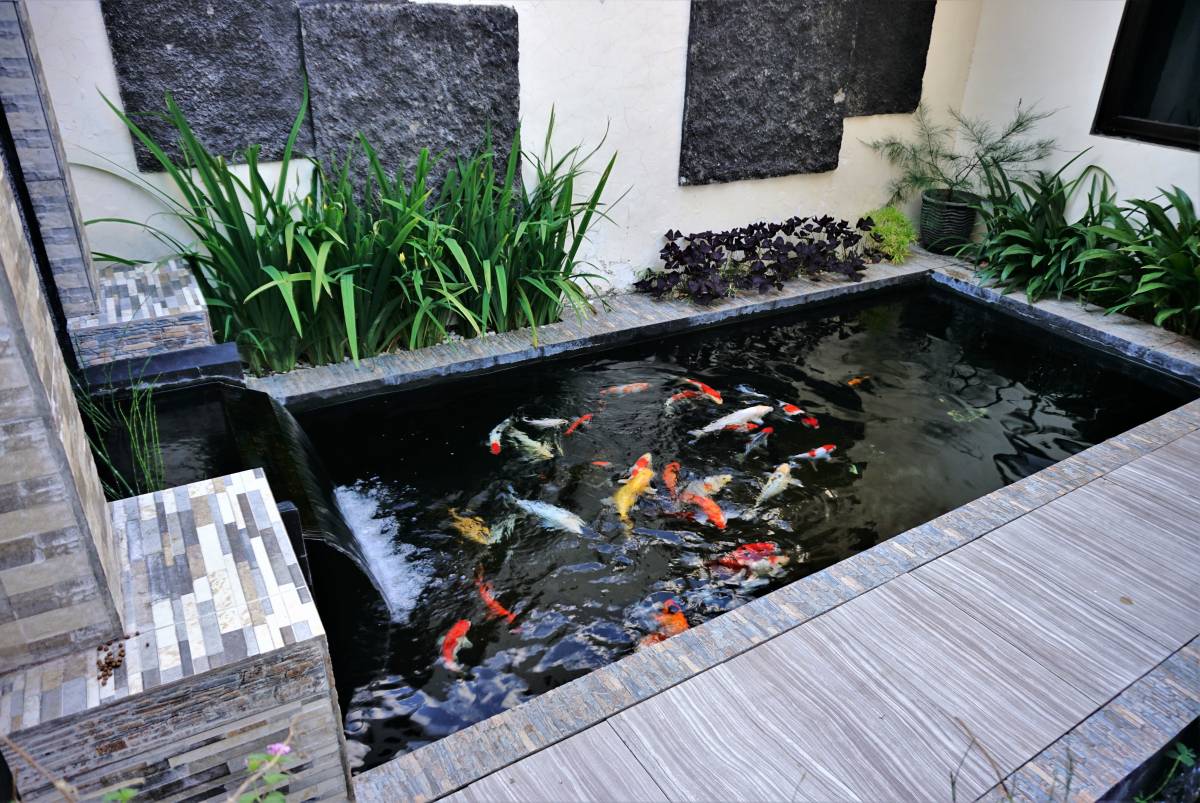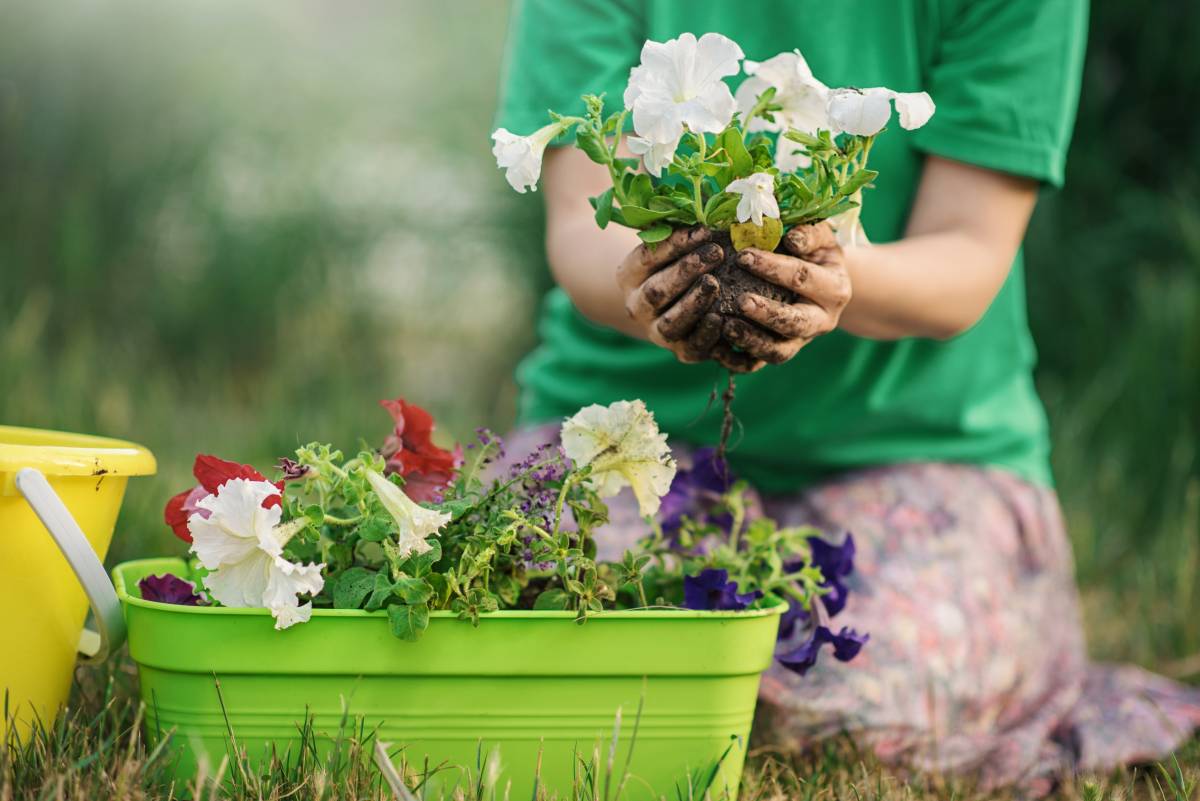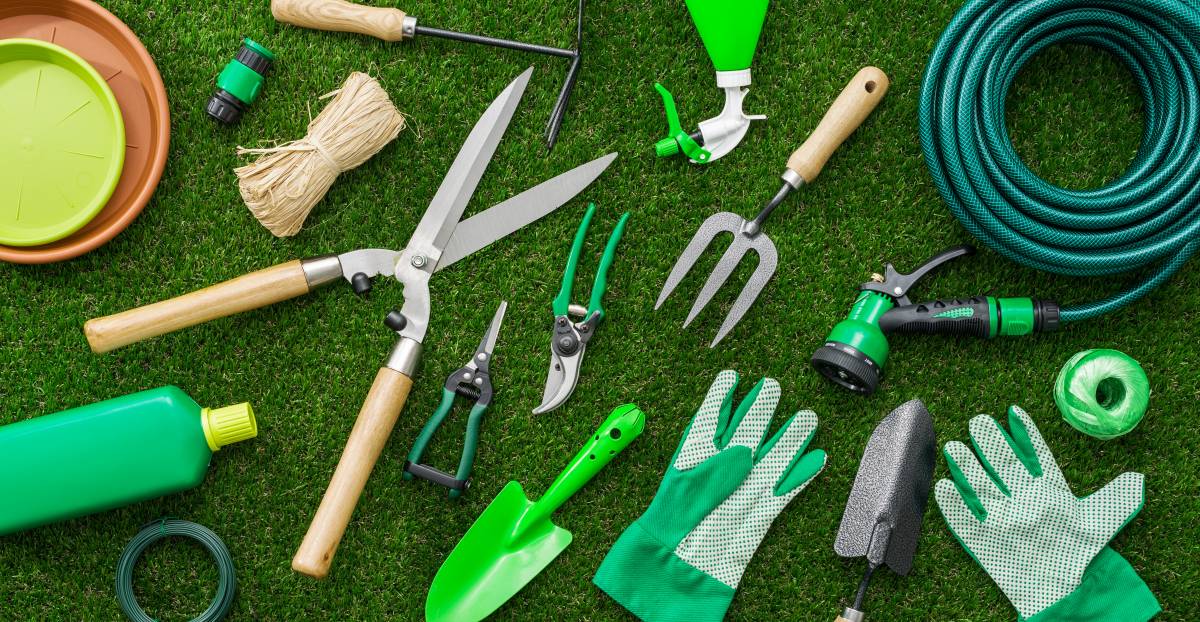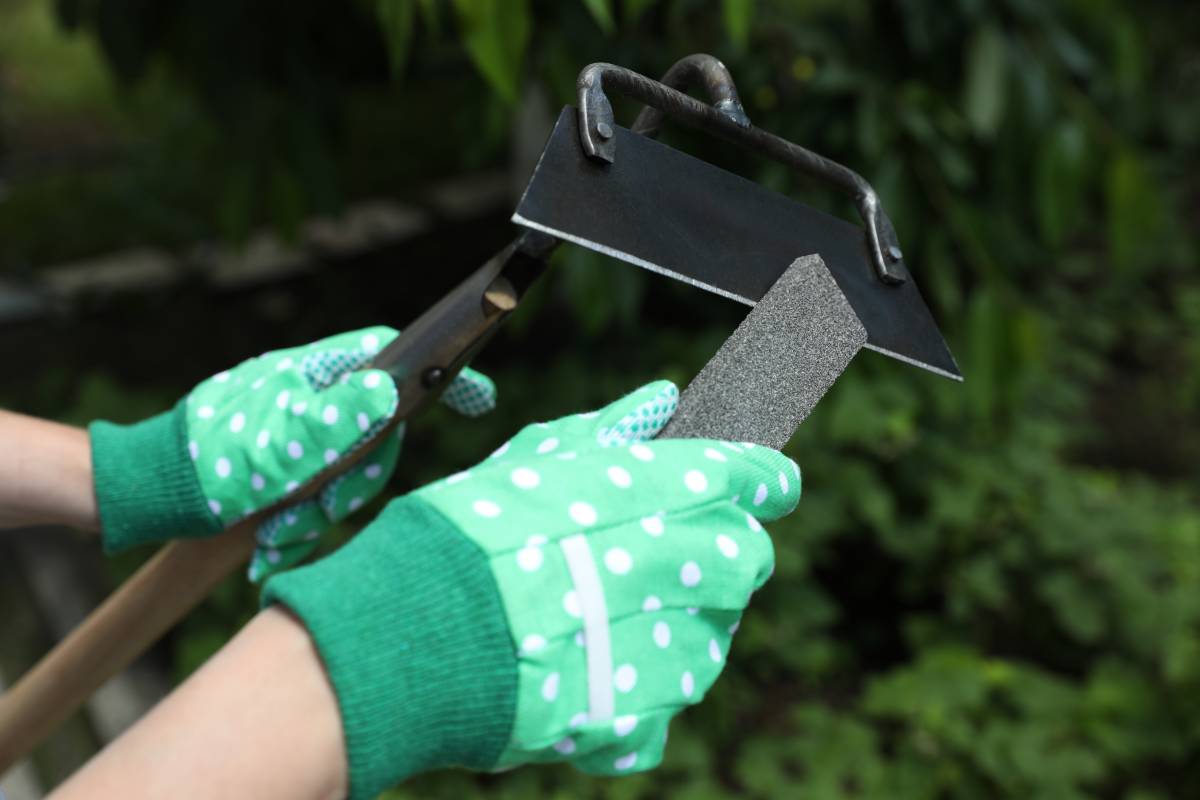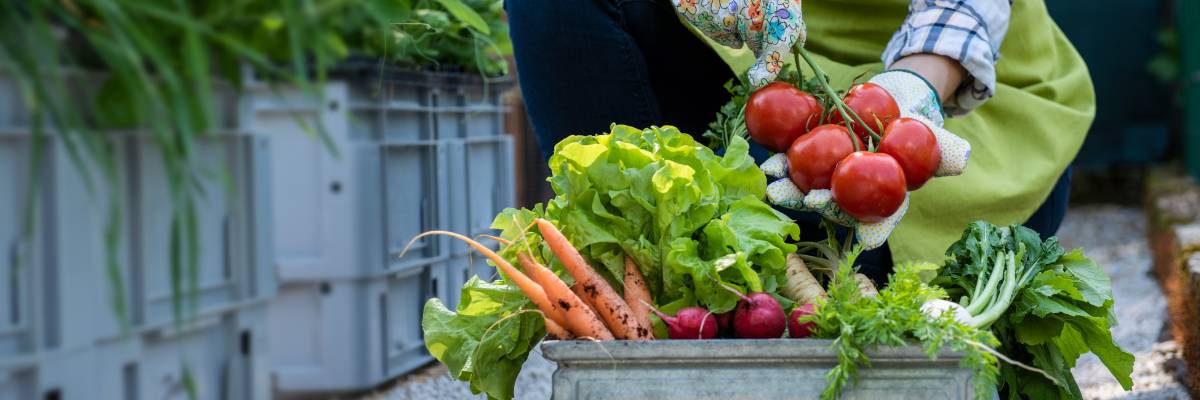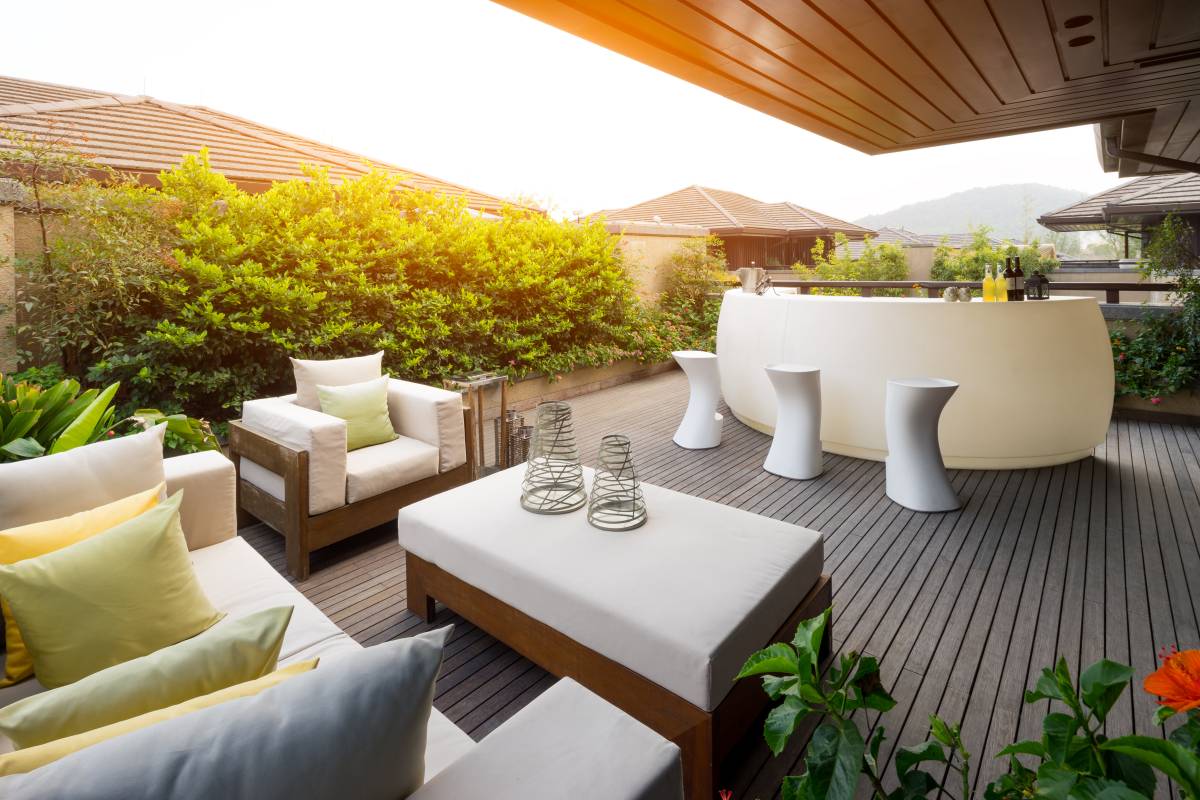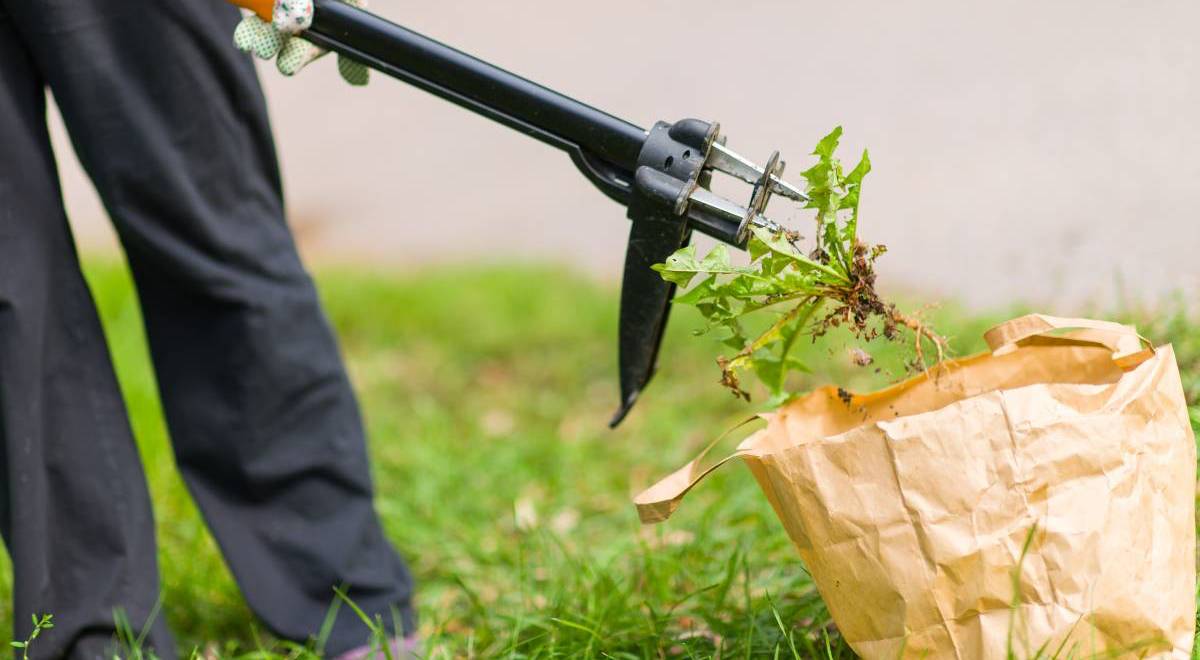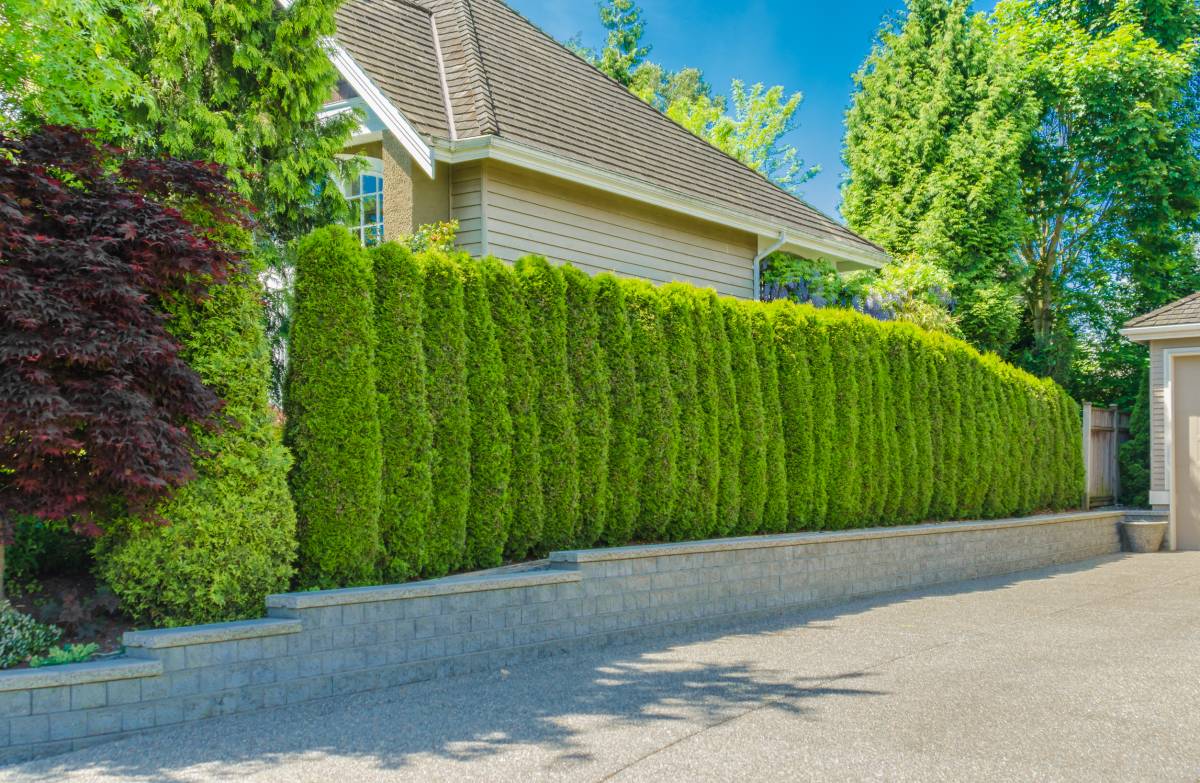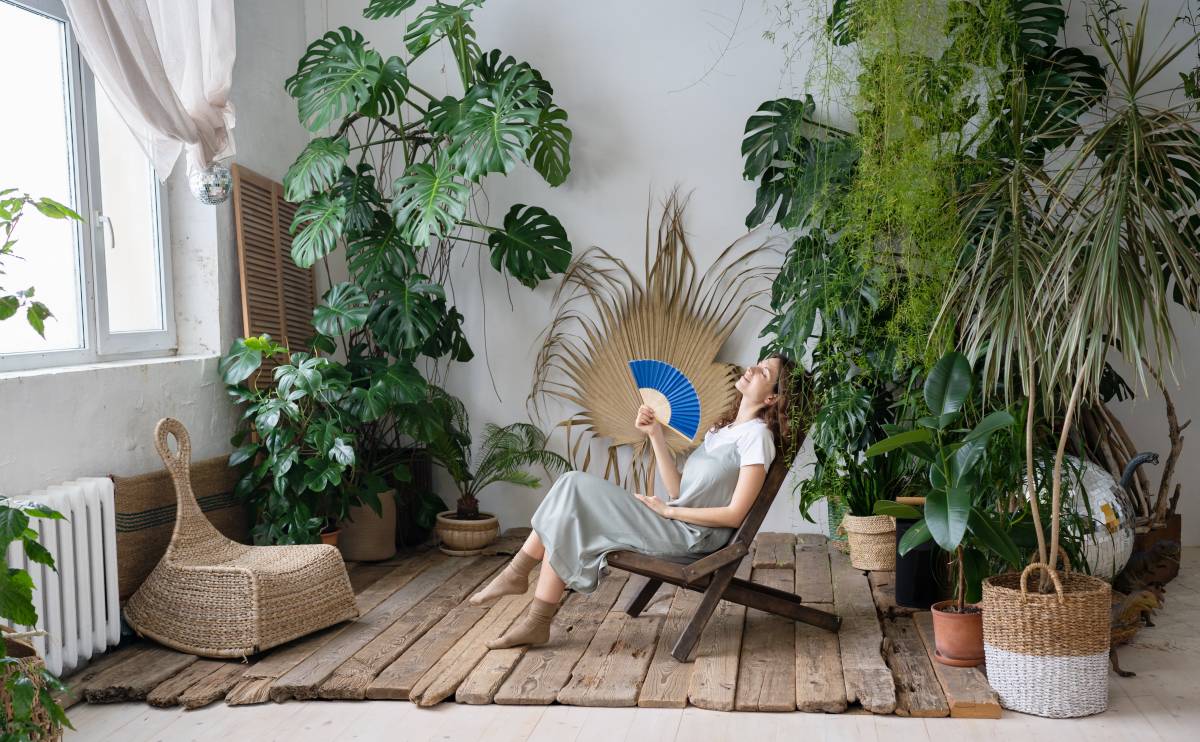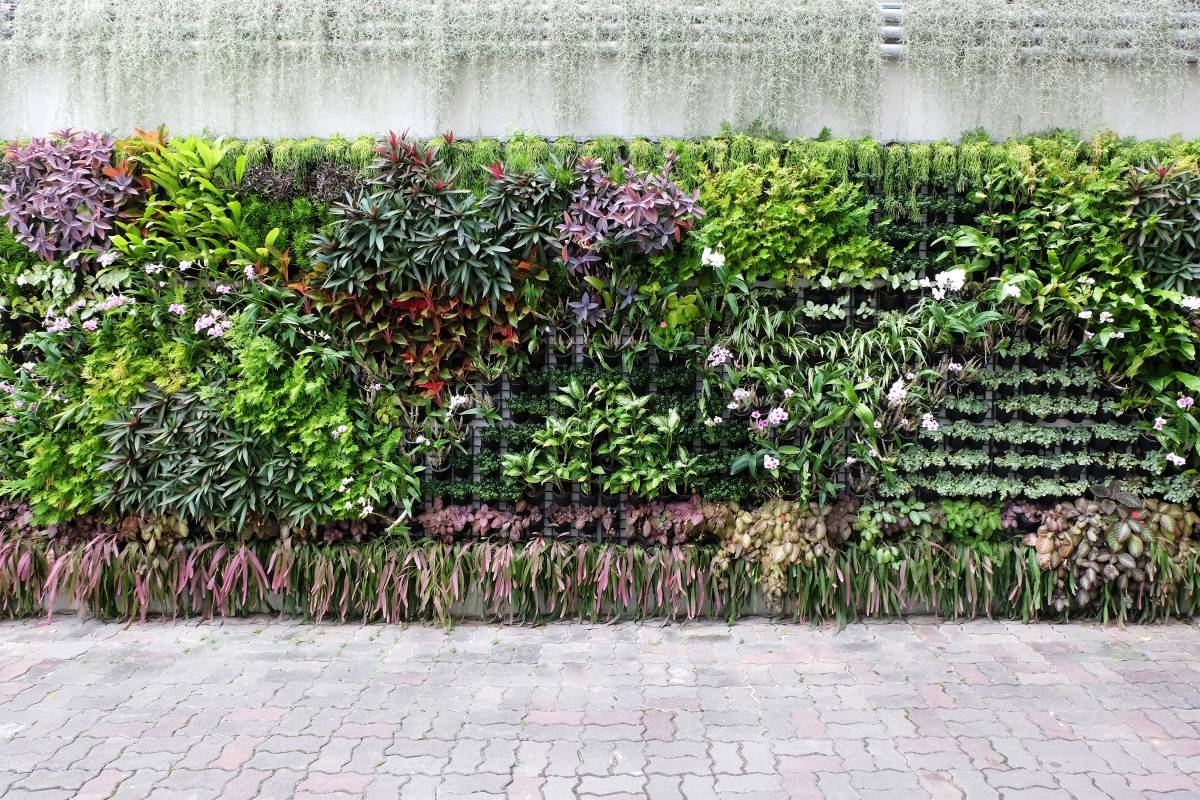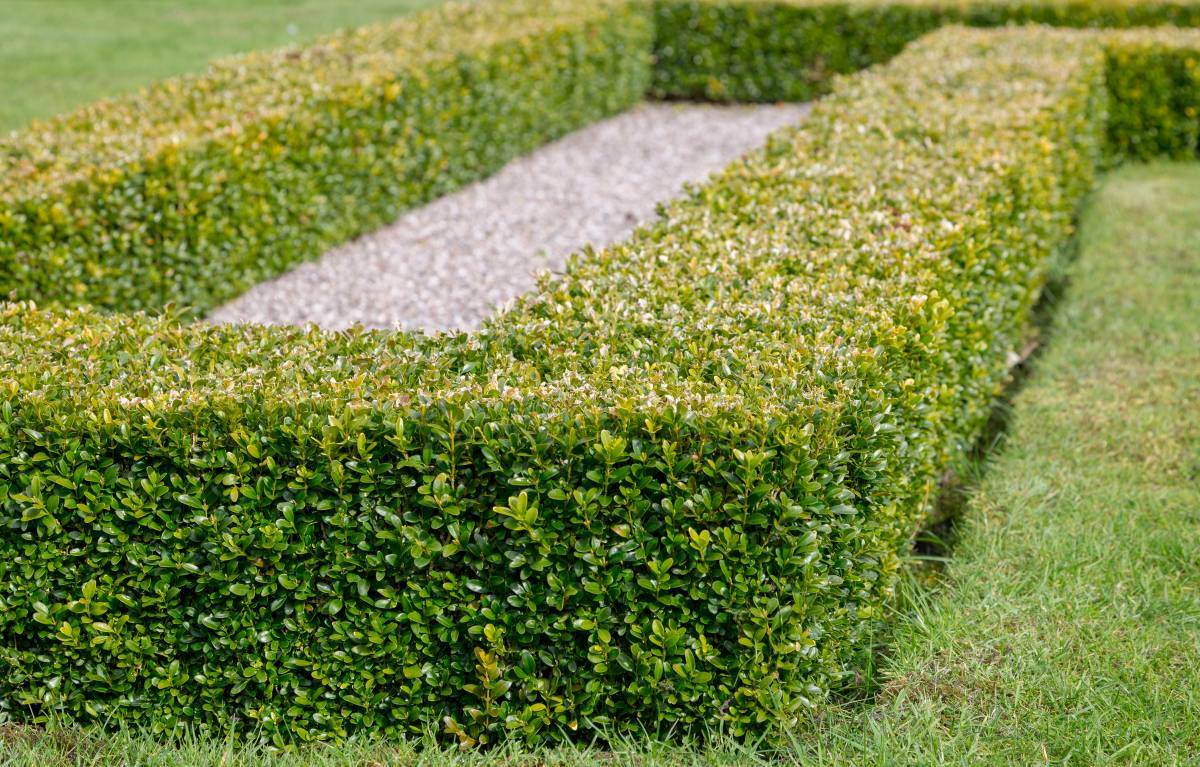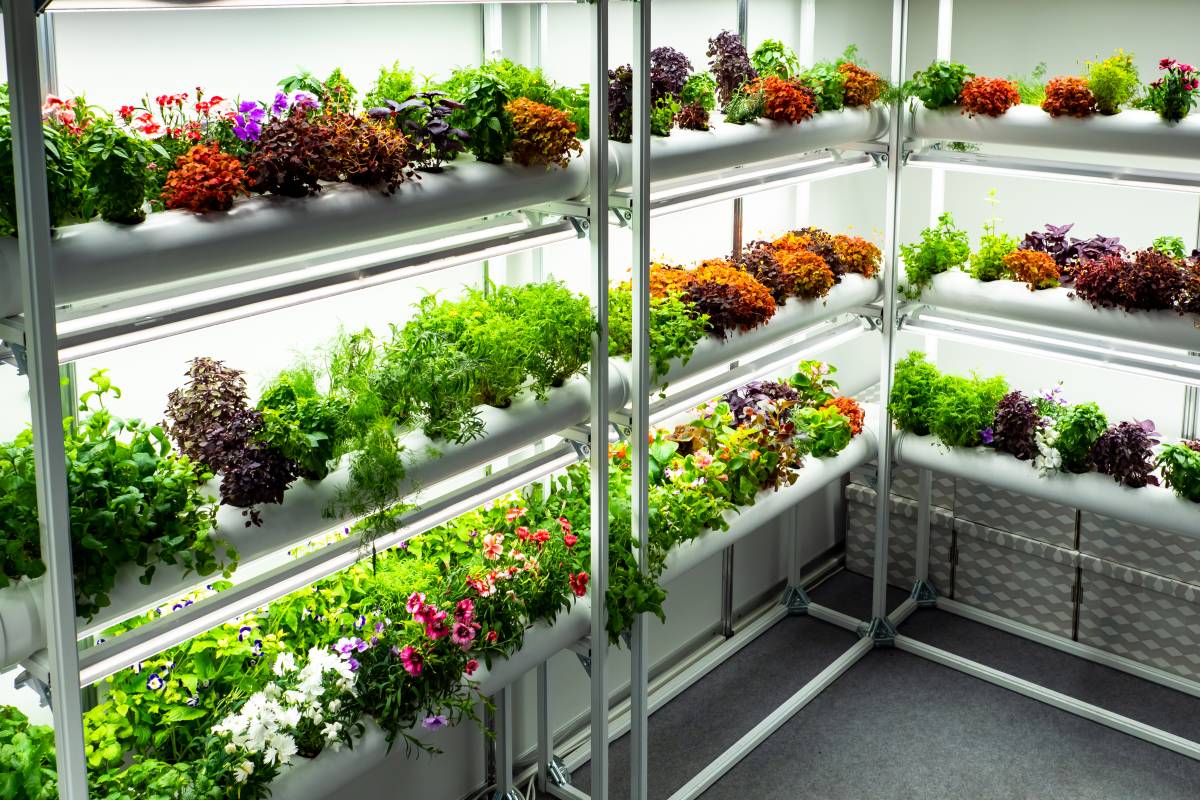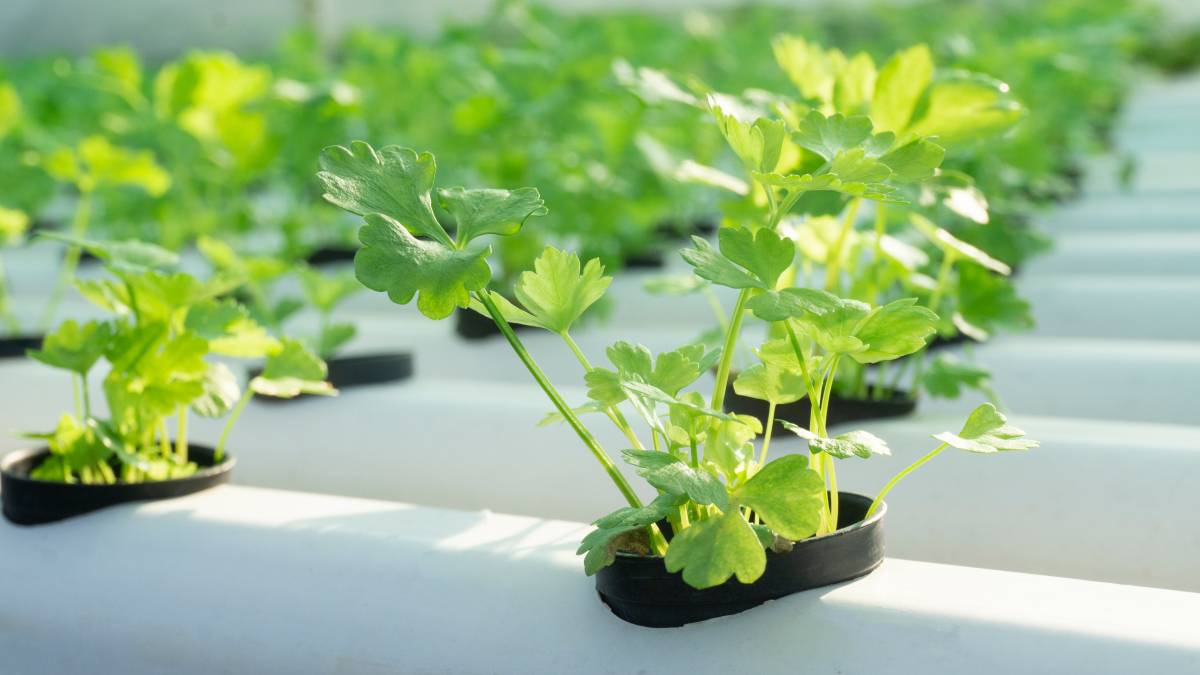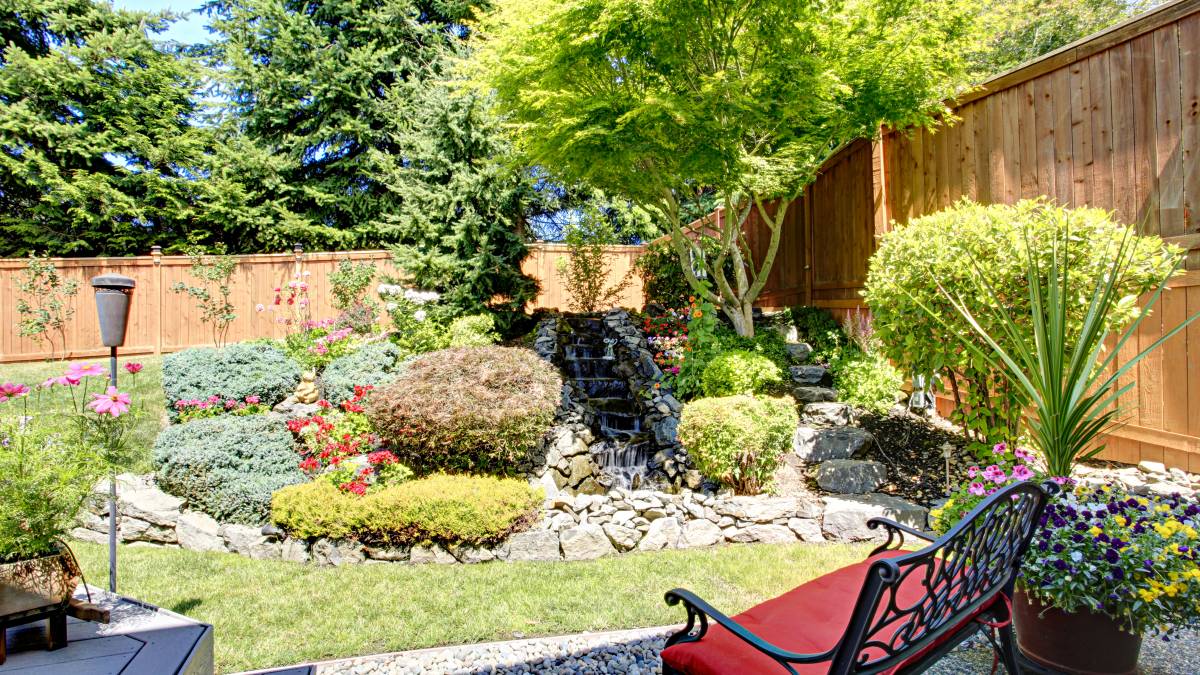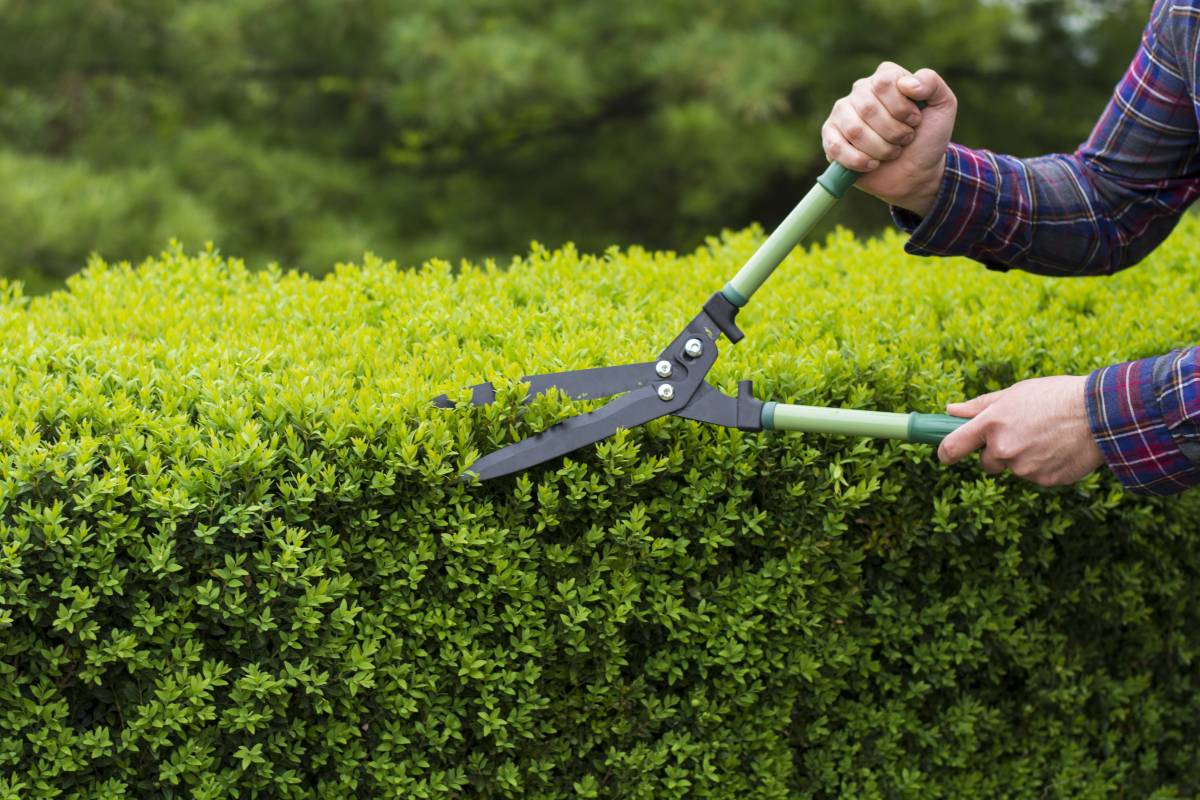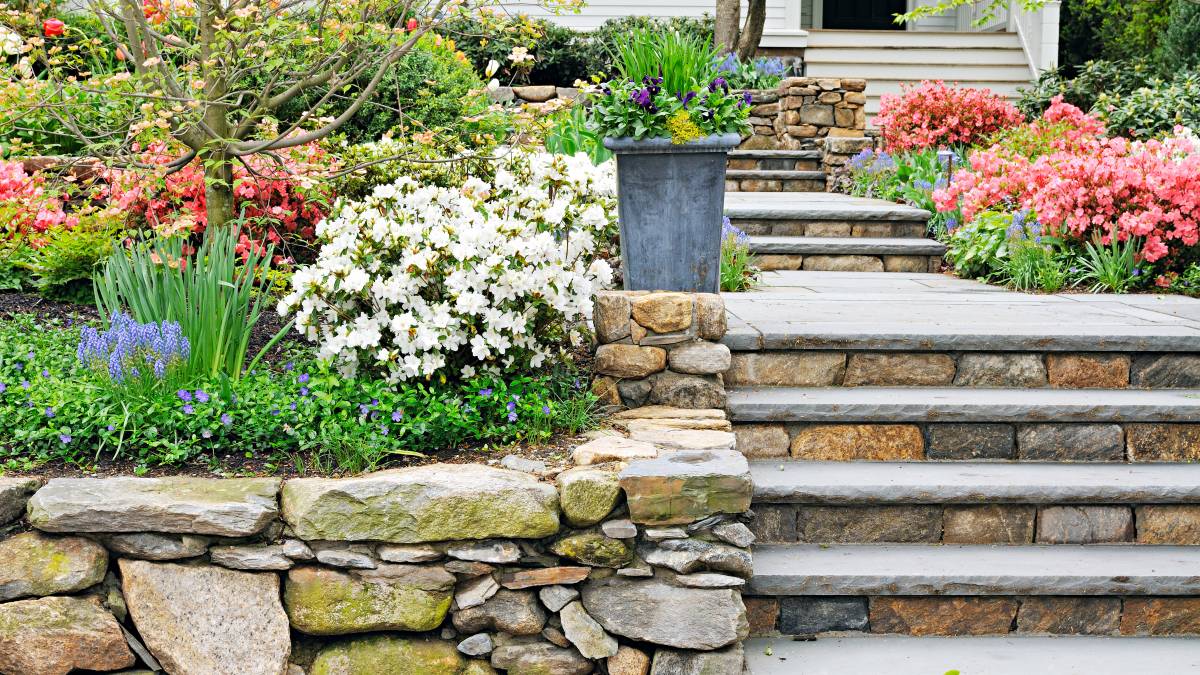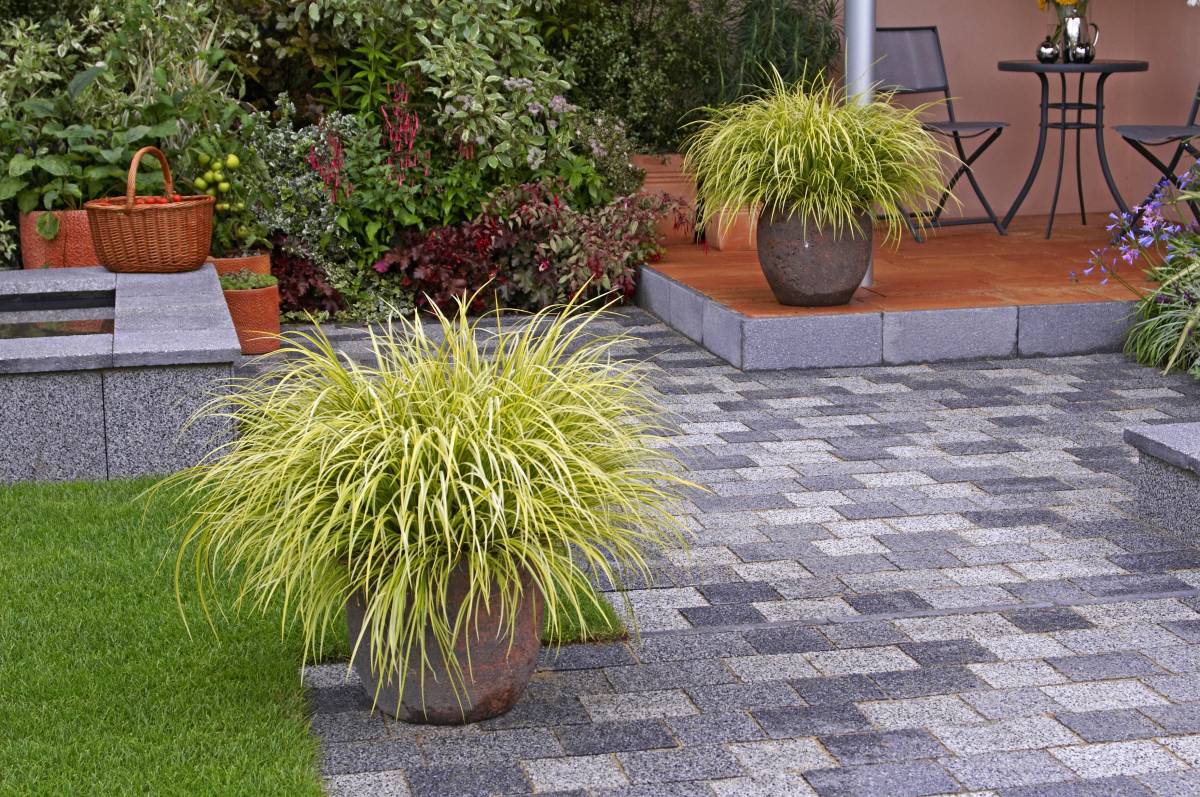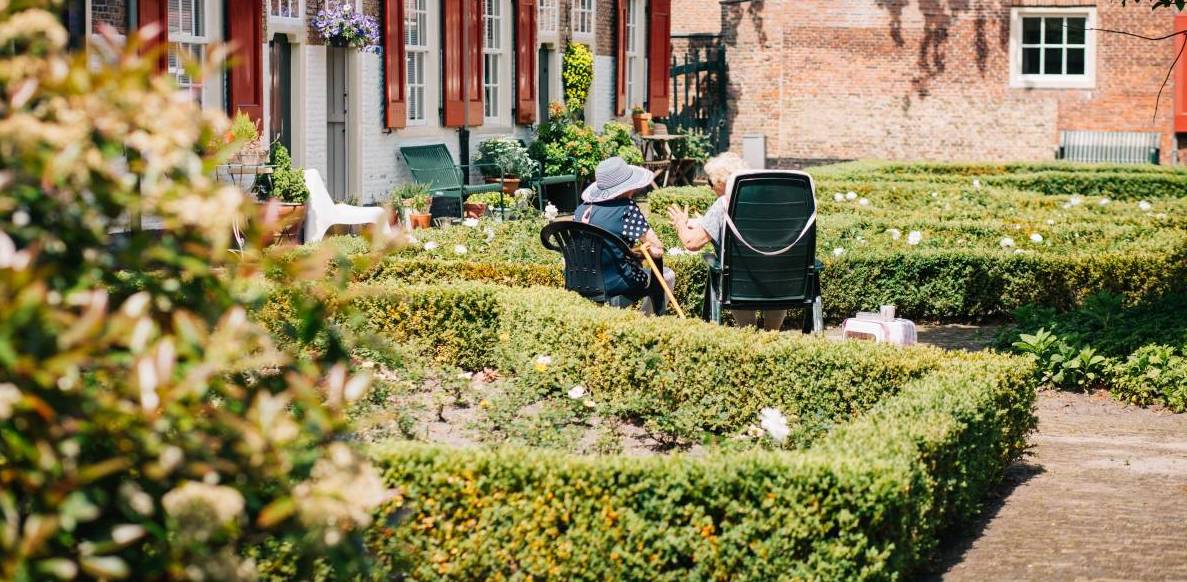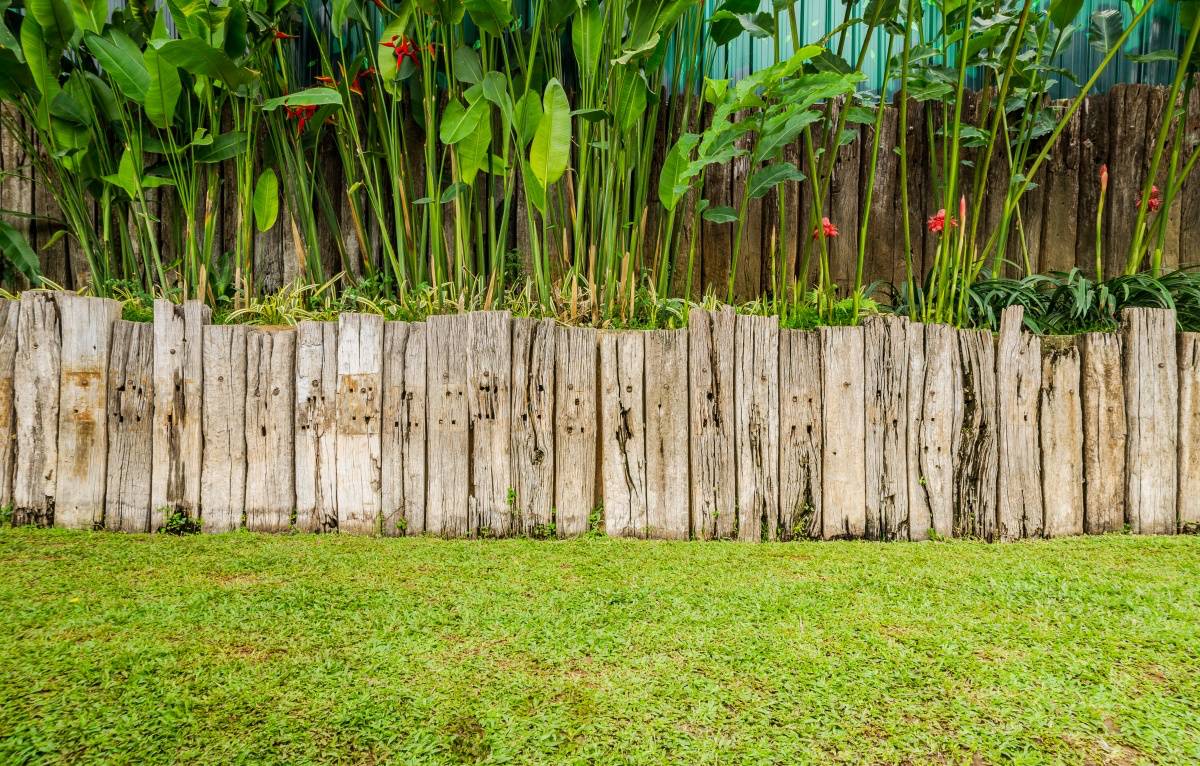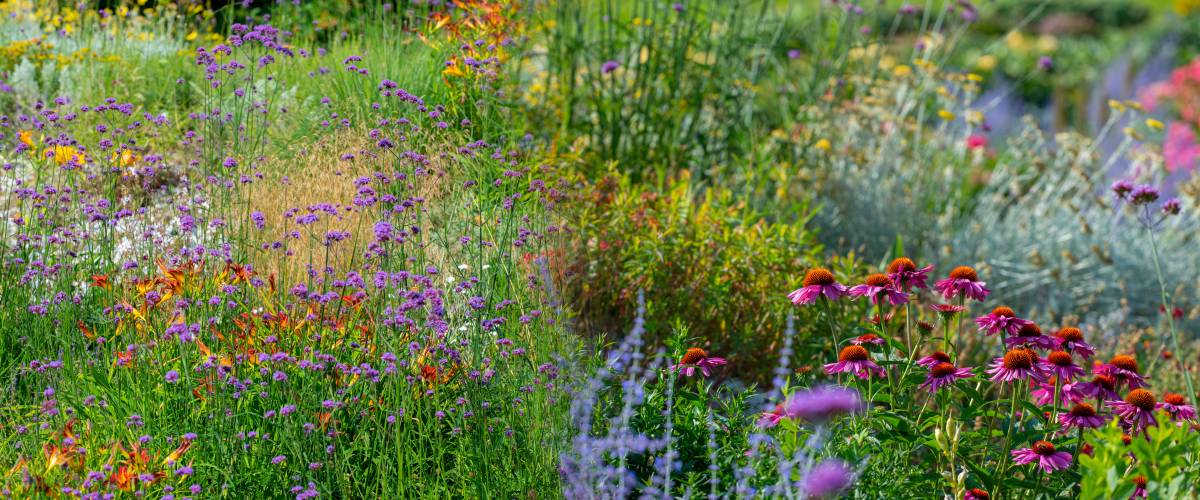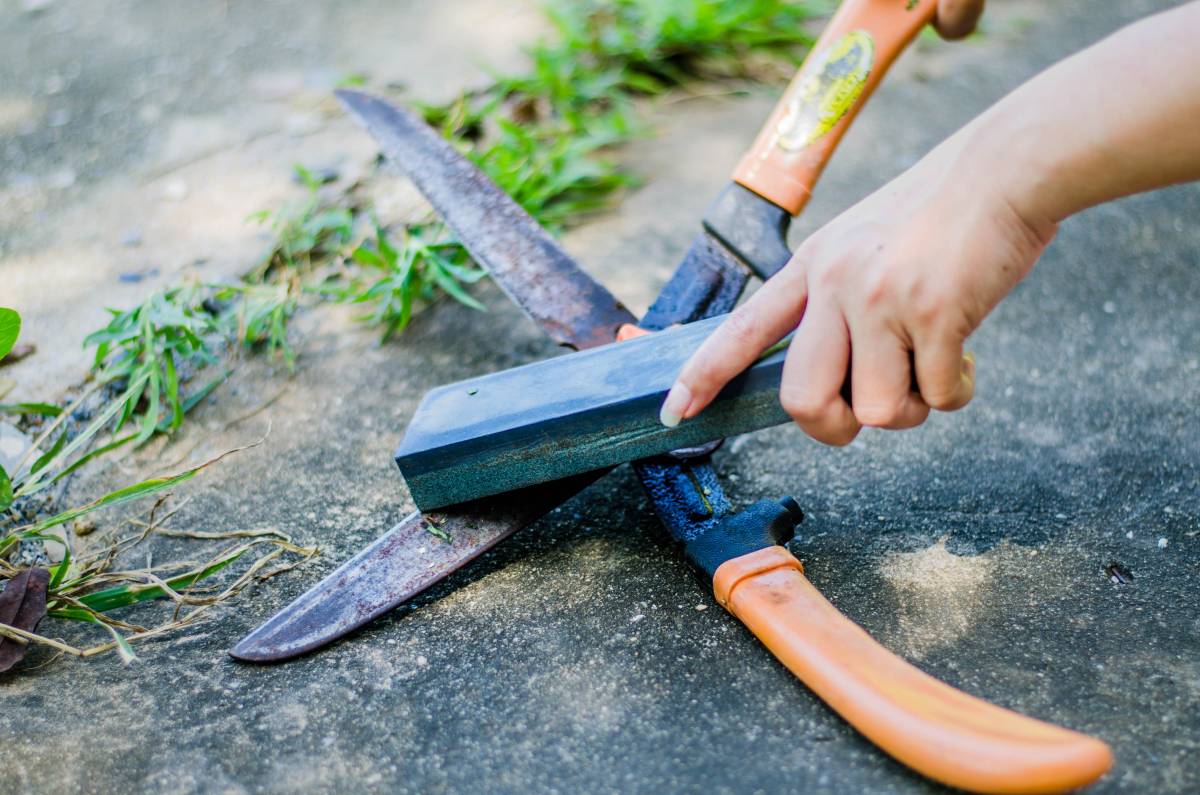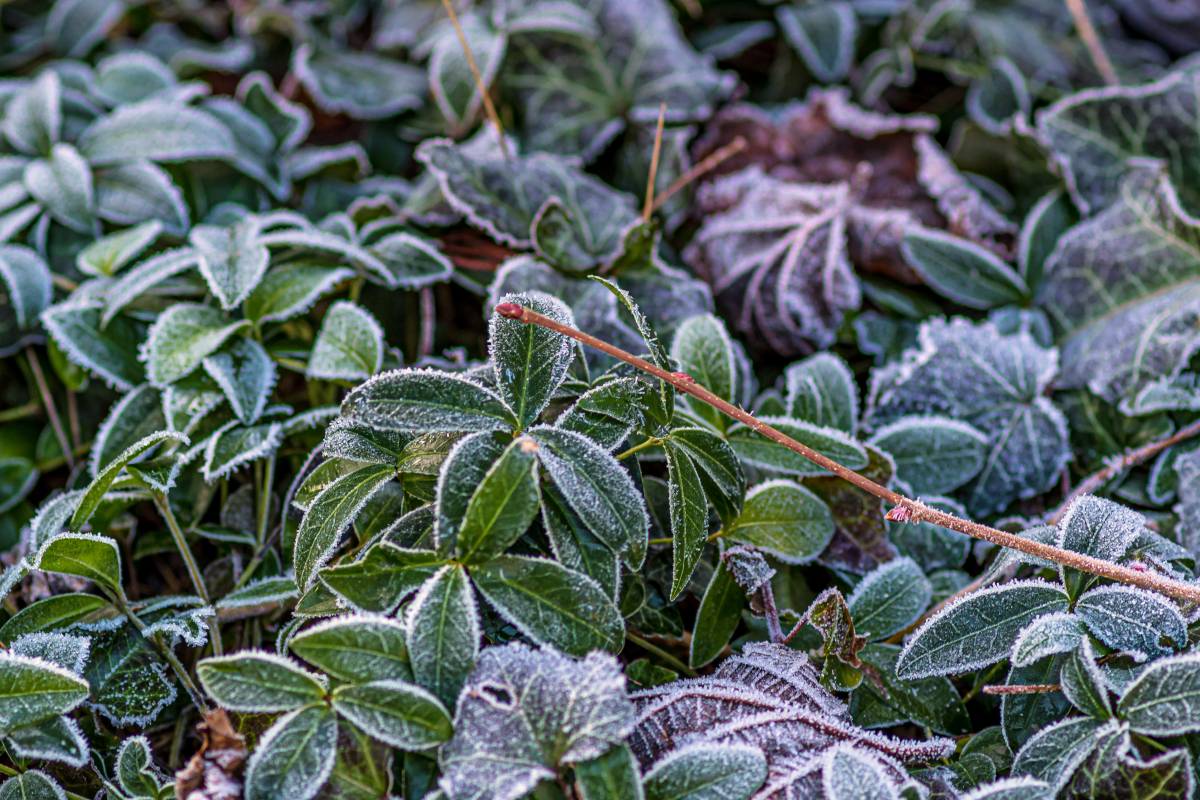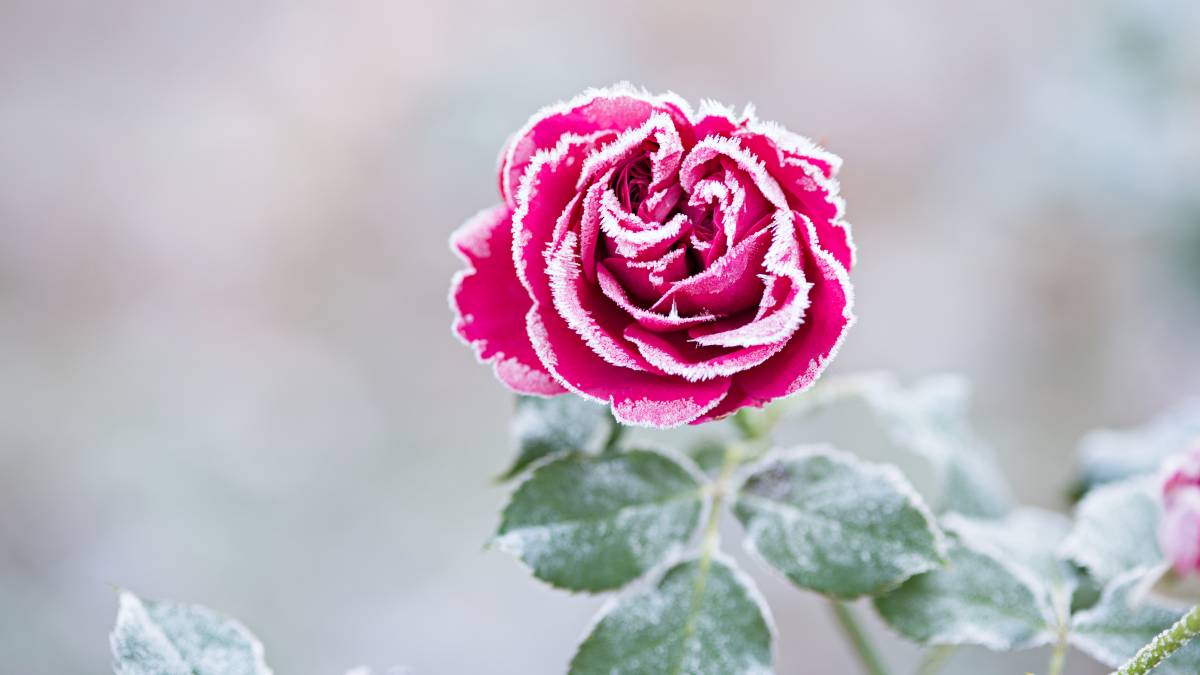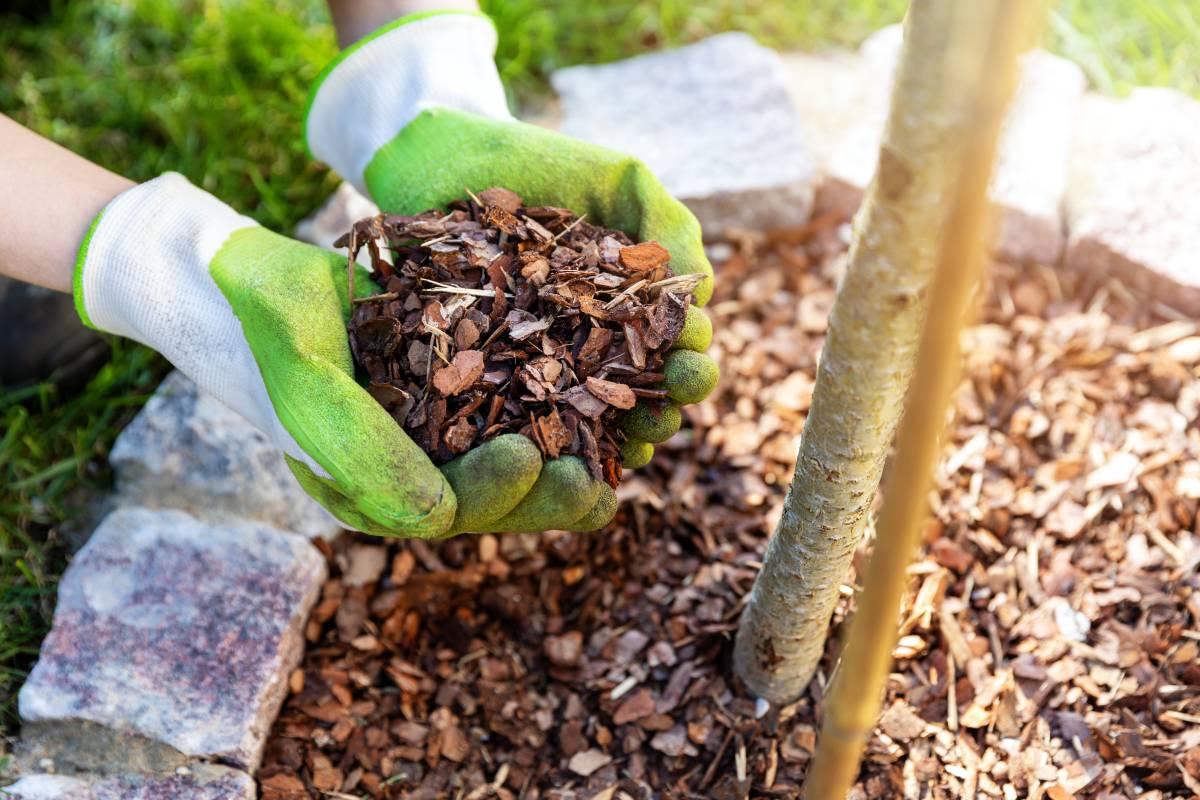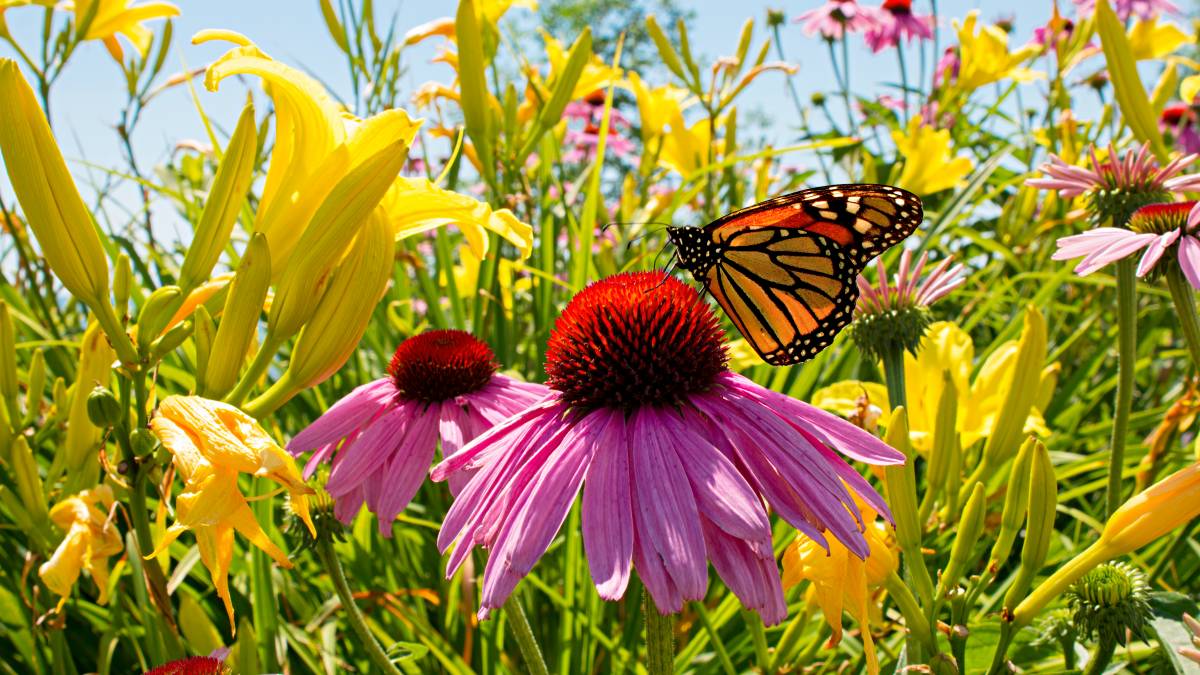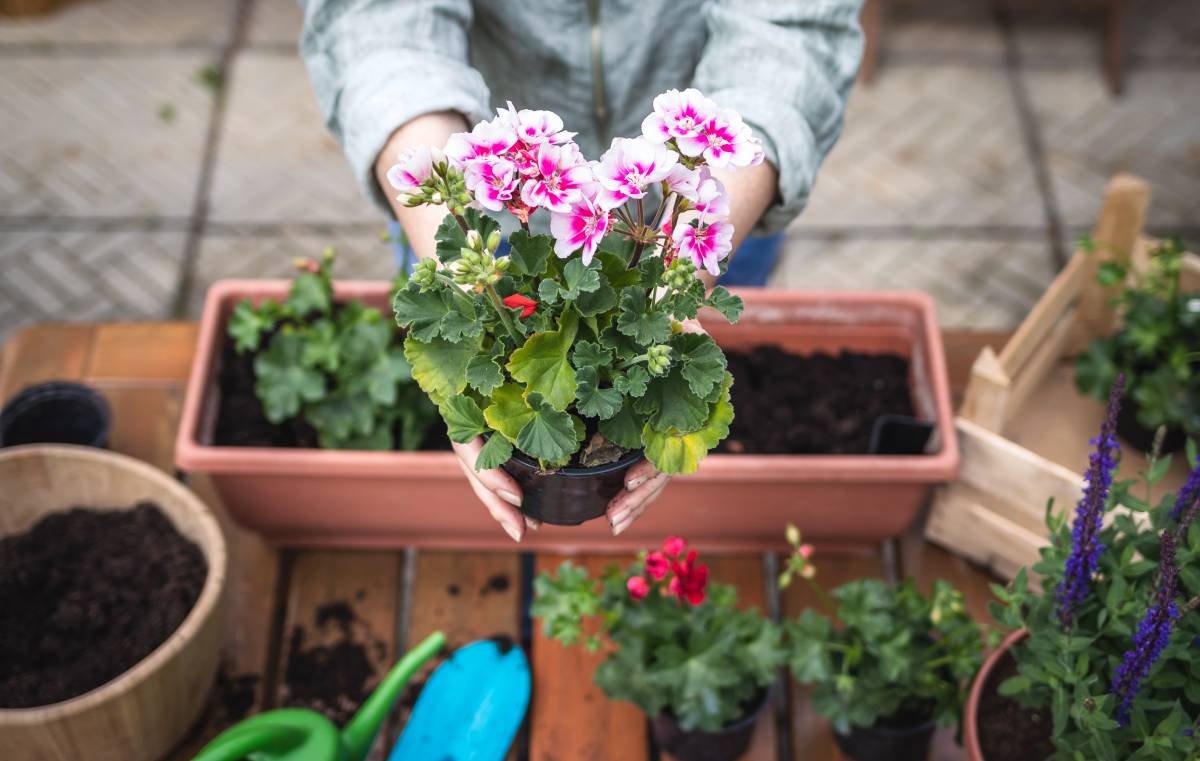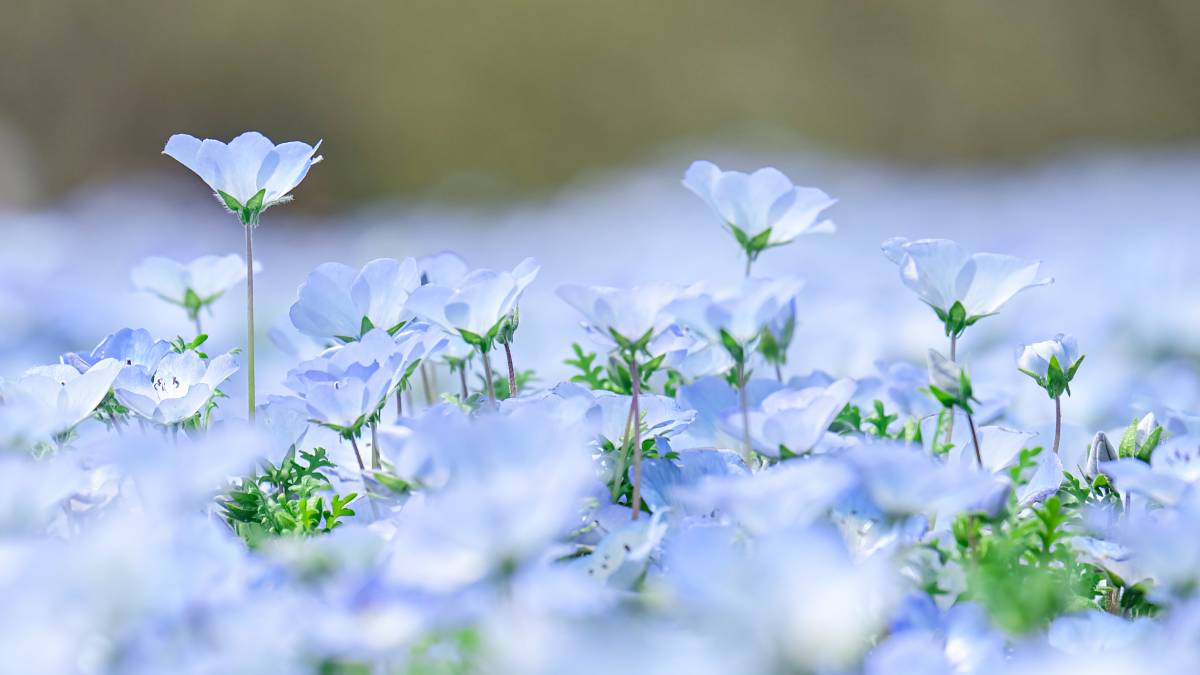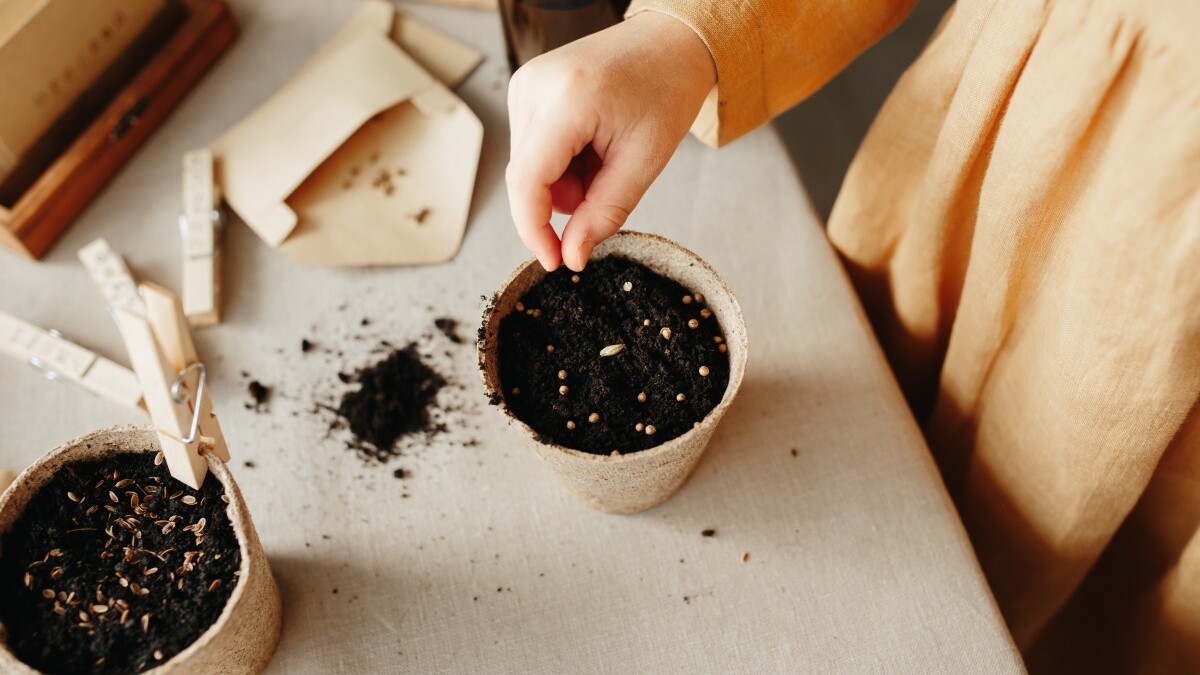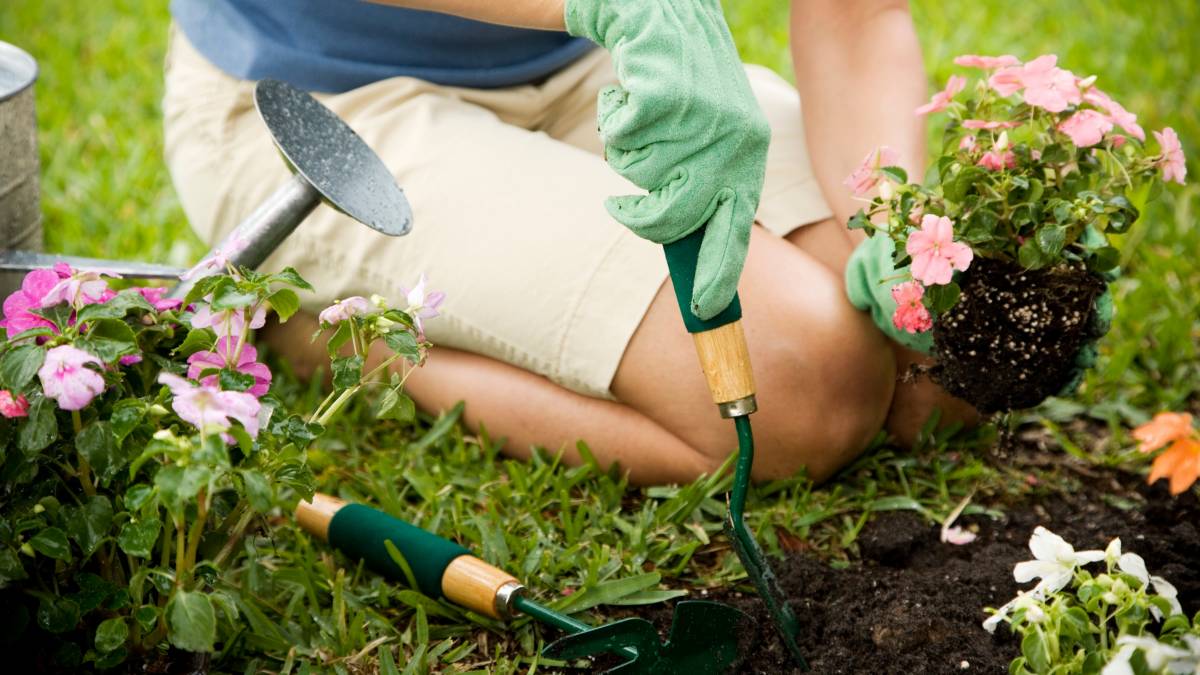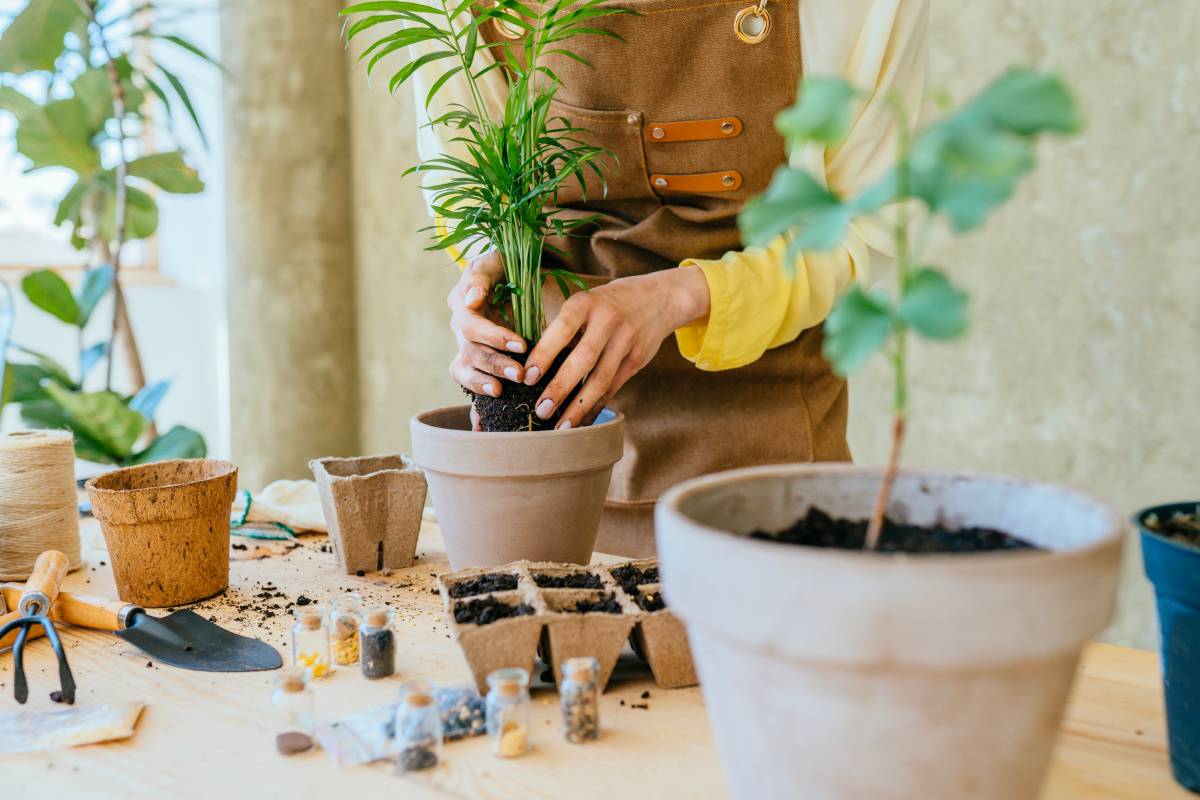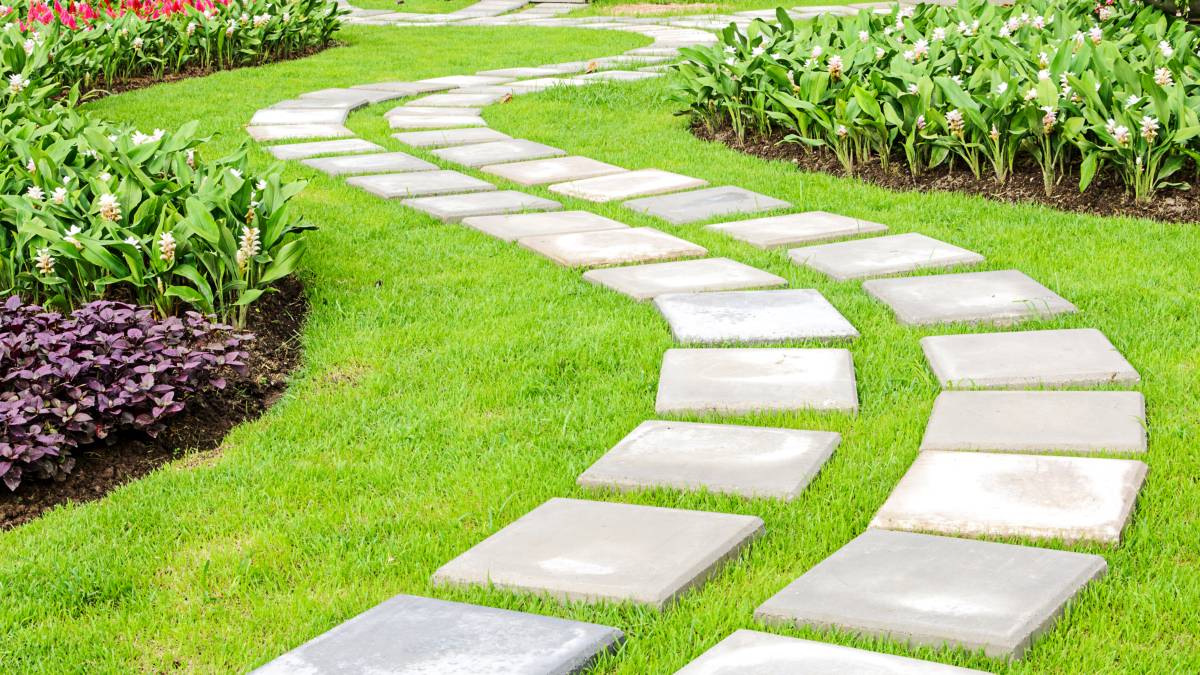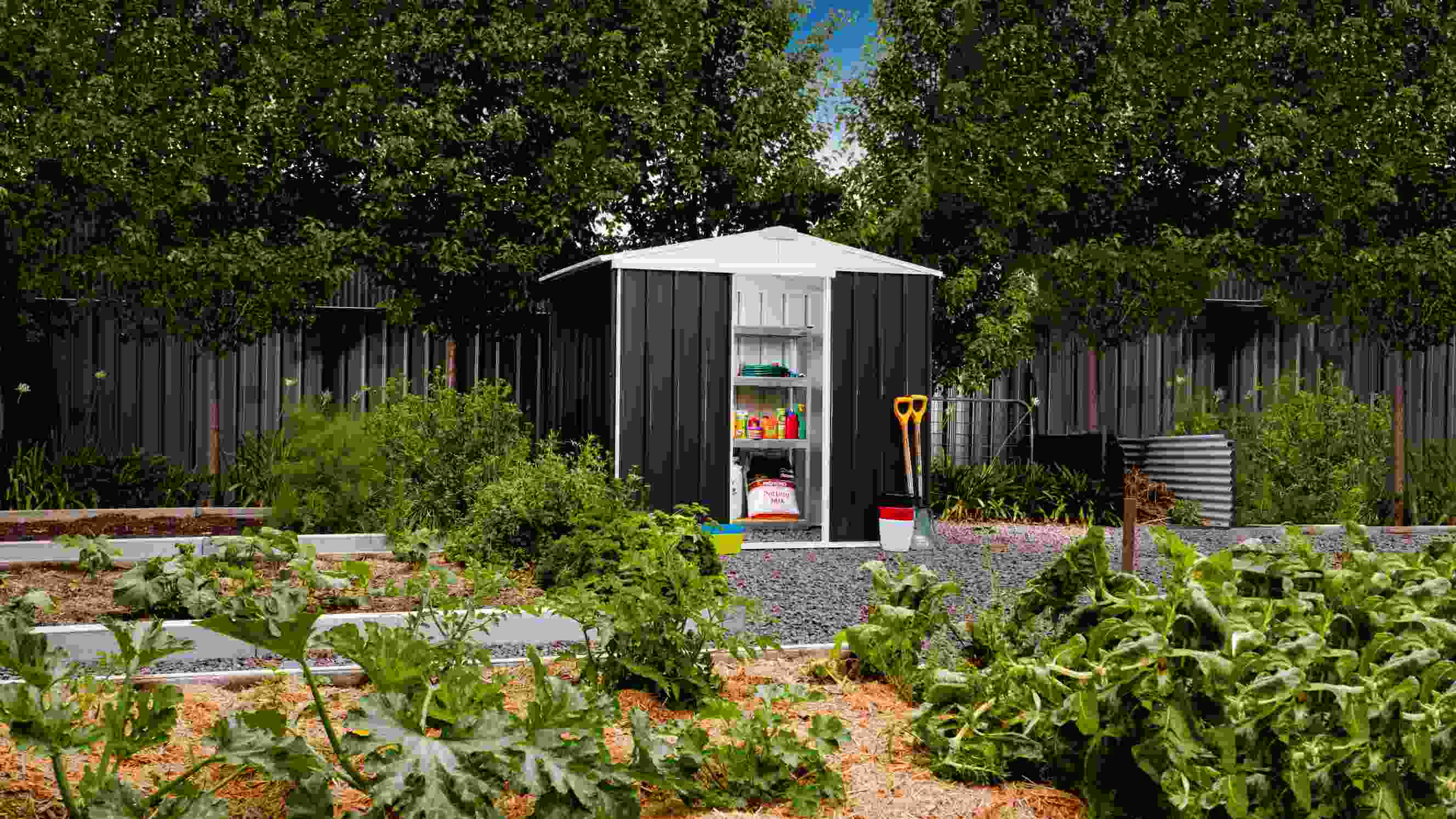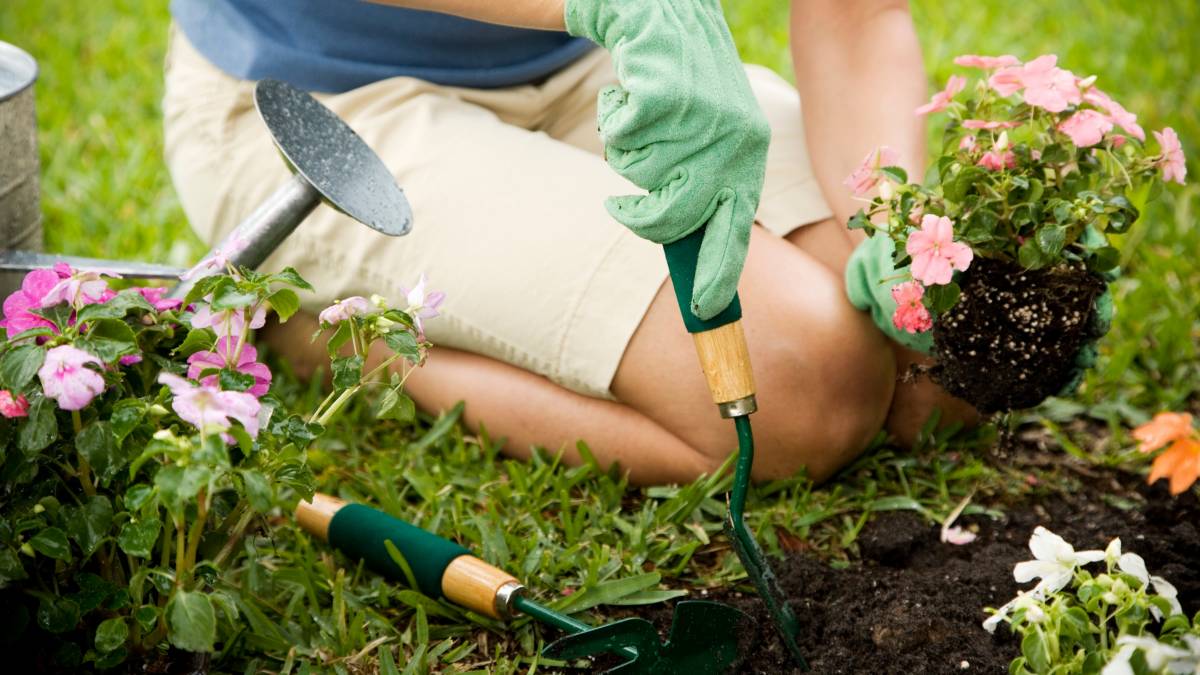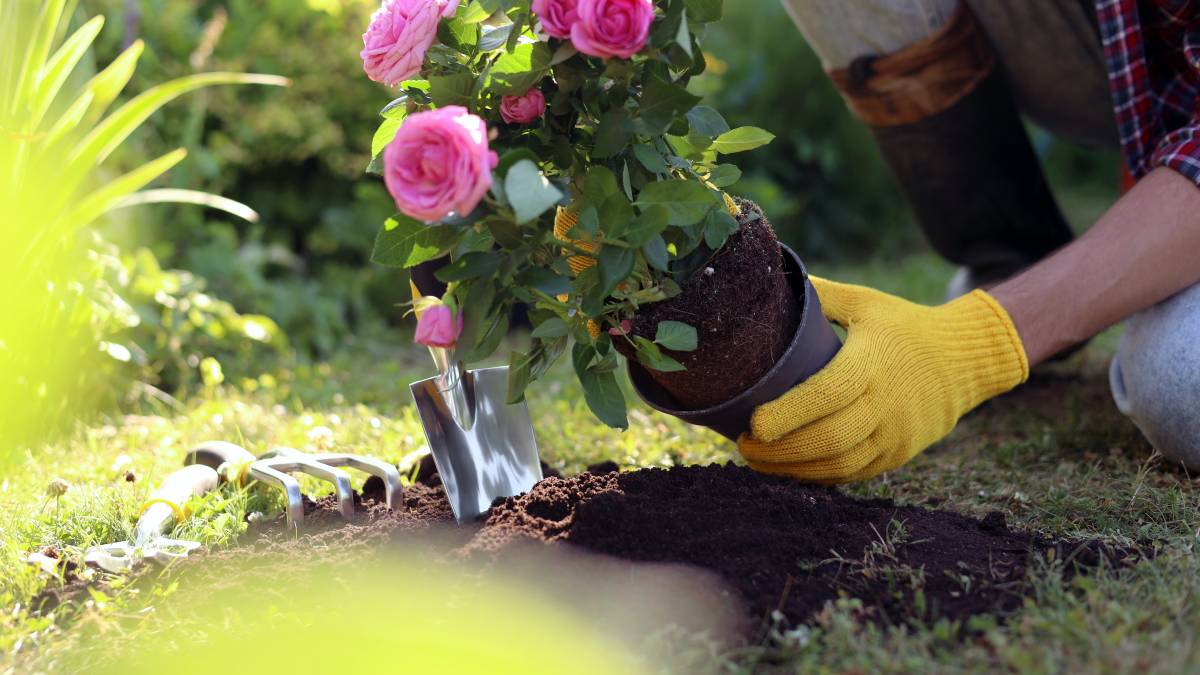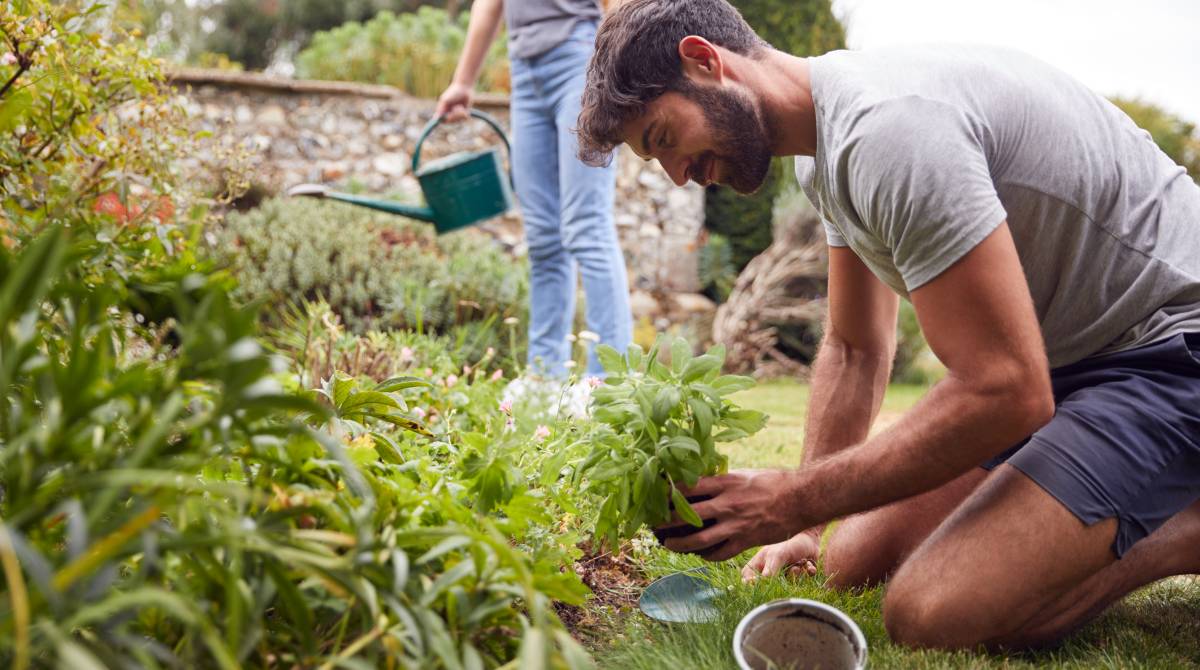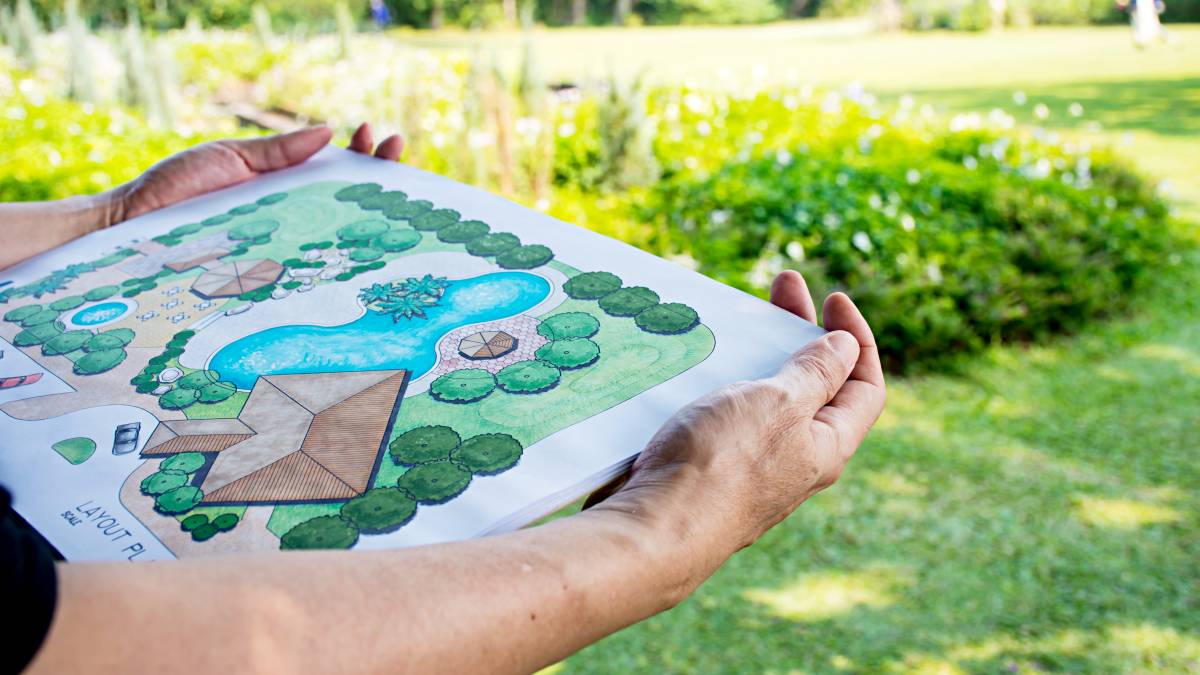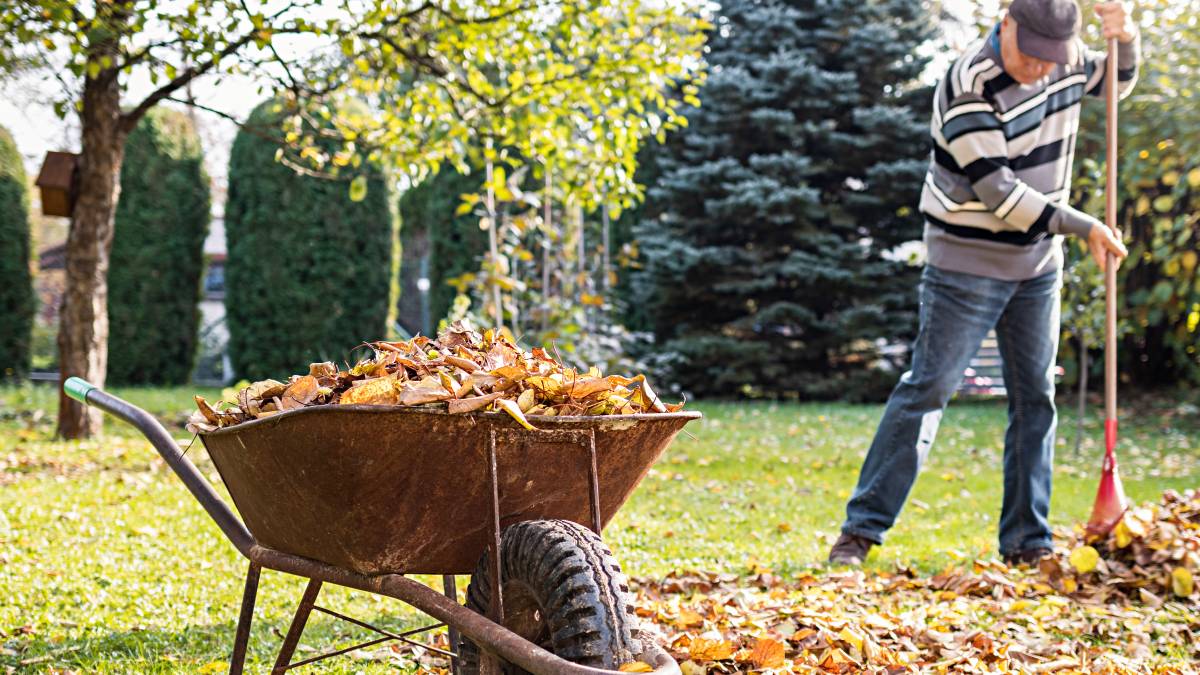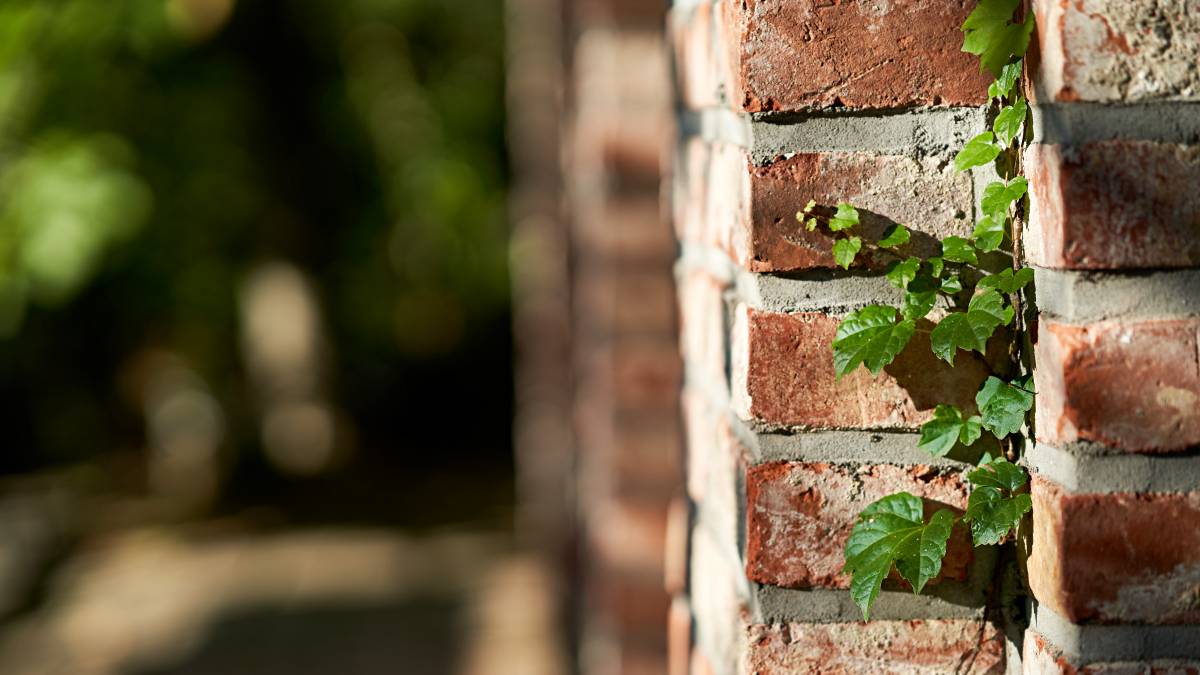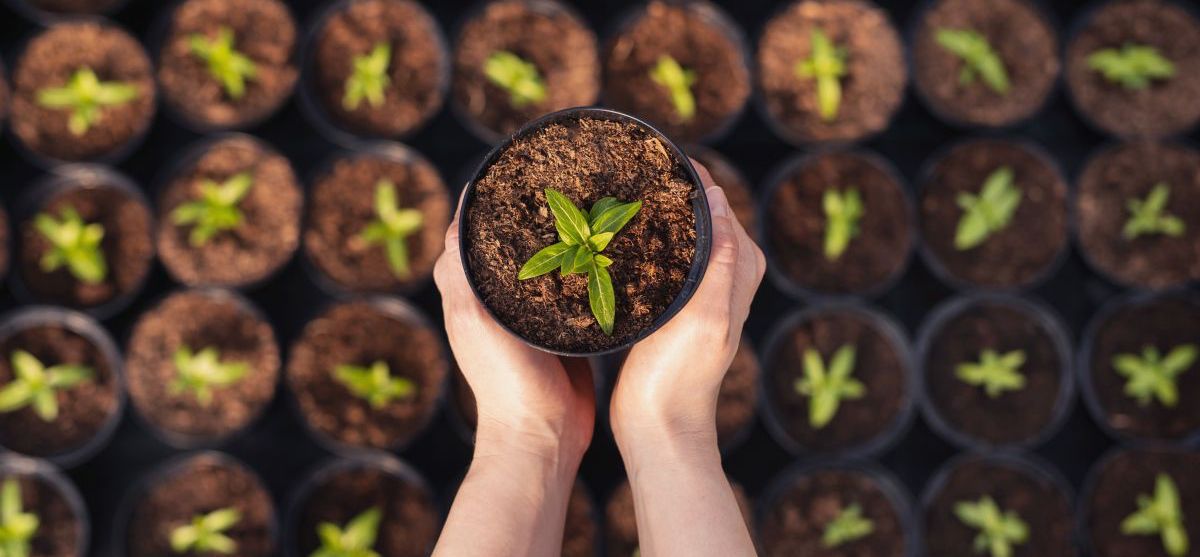
Gardening tips for beginners
Your ultimate guide to starting and maintaining your dream garden
Find gardening helpLast Updated on
Starting a garden can feel daunting. What plants are the easiest to grow? What type of garden is best for your home? How do you care for the plants? The list goes on!
With planting, all it takes is one step. And another. And another. Before you know it, you’ll have a full-fledged green space full of blooms and beautiful harvests.
If you’re keen on a greener home, this beginner’s guide to gardening can help you get started. It has all the tips and inspiration you’ll need, from planting to maintaining your garden tools.
1. Planning your garden
Before going to the local landscaping store, you need to consider a few things:
Landscaping and layout
First, assess your living situation and identify what kind of garden you want based on your needs.
How much space do you have?
How much budget and time can you devote to your garden?
Do you have any disabilities you’ll need to work around?
Will this space be an entertaining area, children’s play area, or veggie patch?
Understanding the purpose of your garden will help you plan the design. What’s more, gardening requires constant work and upkeep, so you should set up one that easily fits your lifestyle.
☞ Helpful read:
☞ Cost guides:
Sun exposure
‘Sun-mapping’ is a thing – how much sun does your garden actually get and where? Spend a day outside to find out.
Assess the sun’s movement throughout the day and identify areas of full sun, partial shade, or full shade.
Use this information to decide where to plant sun-loving or shade-tolerant plants based on their specific light requirements.
Different types of gardening
Gardeners with large country backyards are blessed with their options. But if you’re in a terrace house in suburban Sydney and don’t have more than a 4-metre squared courtyard, you’ll need to be smarter with what you have.
If you’re unsure about the type of garden you want to create, here are some options you can consider.
☞ Outdoor gardening ideas:
☞ Indoor gardening ideas for small spaces:
Choosing plants to grow
Research is key for beginner green thumbs. Know whether the plants, grass, flowers, or vegetables you are interested in will do well in your climate, how to care for them, and their maintenance requirements.
☞ Gardening basics
Plant options
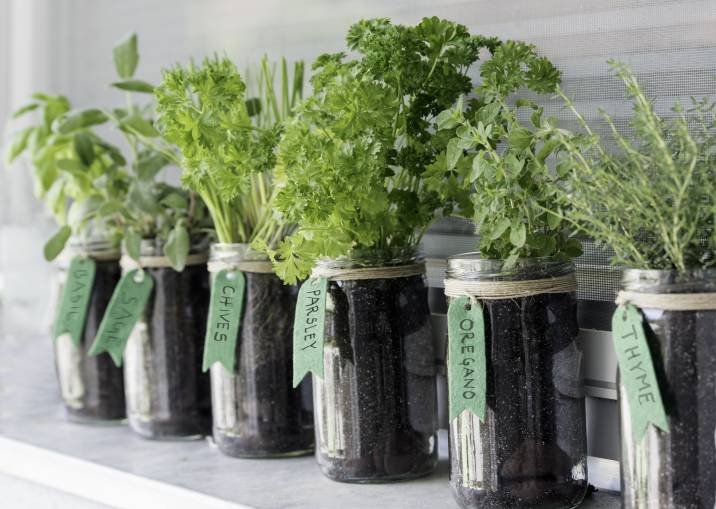
As a beginner, you can start with easy-to-grow plants. Indoor plants are perfect if you live in an apartment or don’t have a yard or balcony. Or, if you love to cook with aromatic herbs, a mini herb garden of parsley, basil, and thyme will leave your garden (and kitchen) smelling great! Meanwhile, garden hedges serve as beautiful fences and are budget-friendly and low-maintenance!
Your choice of plants really depends on your available space and purpose.
☞ Different types of plants
2. Getting started on your garden
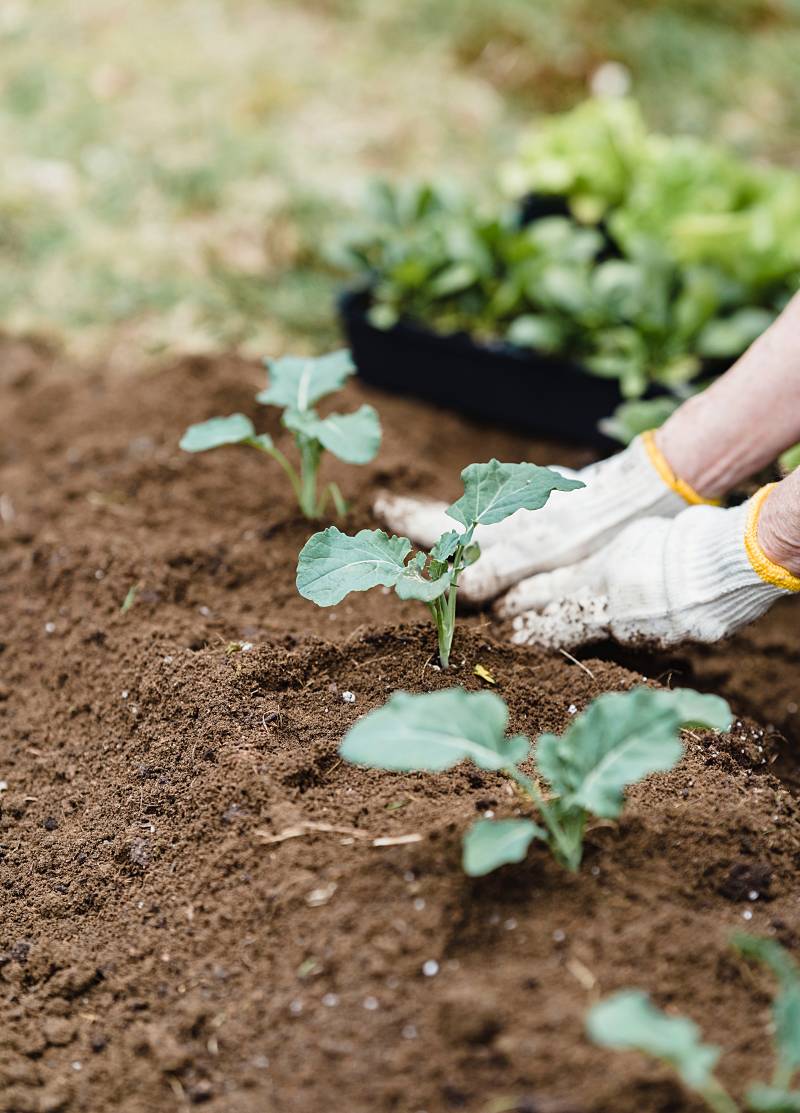
Photo by Greta Hoffman via Pexels
Below are helpful guides for when you’re ready to set up your garden. After choosing plants and your preferred type of garden, the next step is to gather supplies, roll up your sleeves, and start planting.
Drainage and ground preparation
Don’t forget to consider things like drainage and ground preparation. You don’t want half of your backyard flooded and turning into a mud puddle every time you get a sprinkling of rain. You may need to level the ground, dig it out, and even prepare the soil if it’s lacking nutrients.
If you have a bit of labouring work ahead of you, think about when the right time to do it will be; there’s no point in scheduling a landscaping job in the ‘wet season’ (okay, ‘wet weeks’ in Australia); mud and rain won’t allow for much productivity.
☞ Things to know before planting:
☞ How-to guides:
3. Tending to the garden 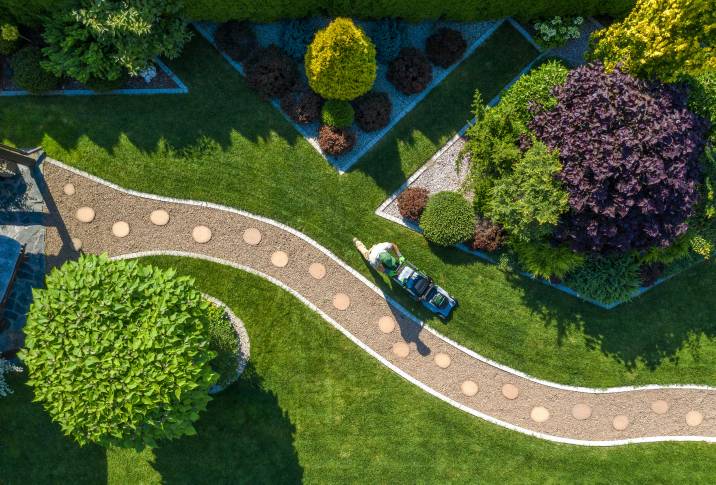
Once you’ve established your garden, you’ll need a good maintenance routine to keep it looking amazing.
☞ Garden maintenance guides:
Garden maintenance checklist
☞ How-to guides:
☞ Cost guides:
Making a compost pile
Compost provides organic materials that can be added to soil to help plants grow. Making your own compost pile is healthy for your garden and the Earth since it reduces food and yard waste in landfills. Plus, you can make a compost pile indoors or outdoors!
4. Setting up a garden shed for safe storage
A garden shed keeps your tools and supplies organised, protects them from the elements, and provides a sheltered area for gardening tasks. Also, make sure to regularly clean tools to prevent rust and cross-contamination. What’s more, keep your tools sharp to ensure efficient gardening work.
☞ Garden tool storage and maintenance guides:
5. More garden design inspiration
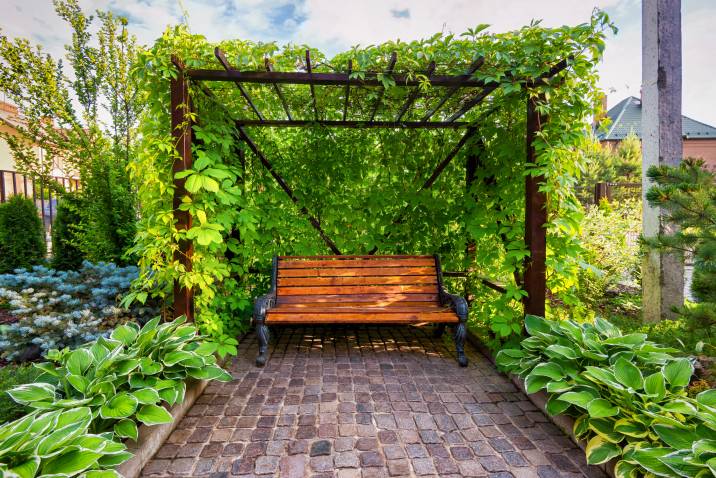
Once you’ve blossomed as a gardener, you can explore ways to make your garden cosier and more beautiful. From garden edging and paths to canopy ideas, we’ve got you covered!
☞ Stylish and functional garden design ideas:
Make money with your gardening skills
If you show your garden some love, it will certainly return the favour with lush foliage and beautiful blooms. And while this guide can help you set up your garden, why stop there? You can take your new-found gardening skills to the next level – by turning them into a source of income through Airtasker.
☞ Learn more:
Ready, set, grow!
Congratulations, you now know basic gardening tips and skills. Feel free to bookmark this page for future reference as you go through your gardening journey.
If you’re still unsure about how to get started, you can always find a professional gardener to guide you through the process.
FAQs on gardening for beginners
Most vegetables need at least 6-8 hours of sunlight daily. Pick a well-drained spot that isn’t constantly soggy. Raised beds are a good option for poor drainage.
Start small! It’s better to manage a manageable plot and succeed than get overwhelmed by a large one. A 10’ x 10’ space is a great place to begin.
Plants are easier for beginners, but seeds are cheaper. Choose easy-to-grow varieties for both options.
Find gardeners, fast
Find a gardener
Related articles
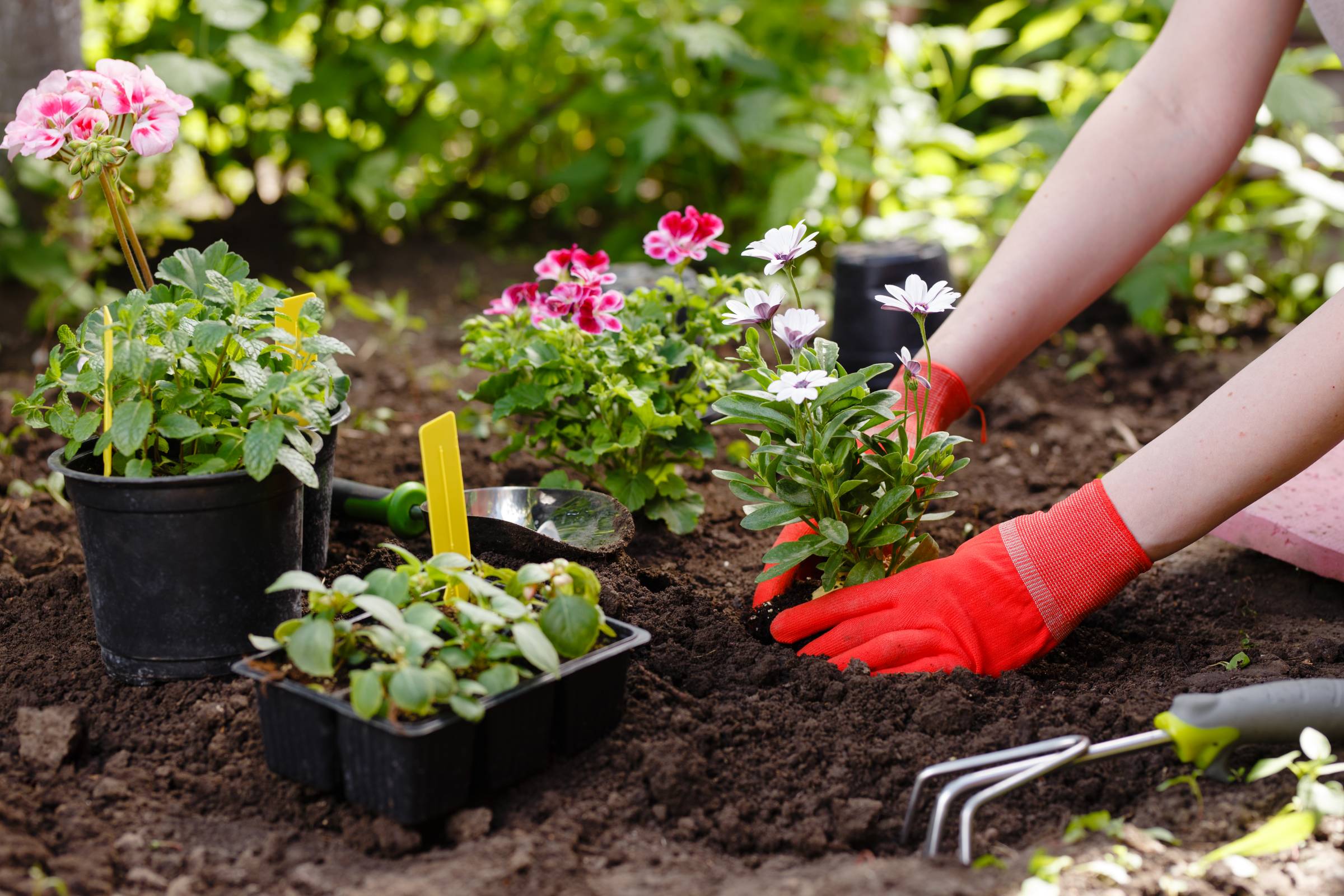
Your garden maintenance checklist
Read more
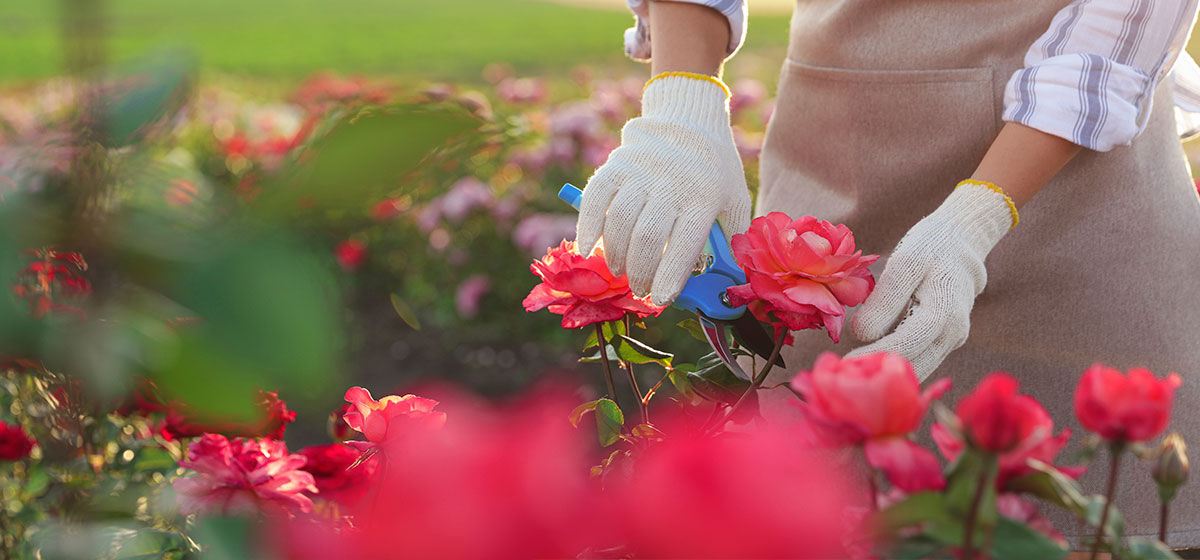
How to prune roses the right way
Read more
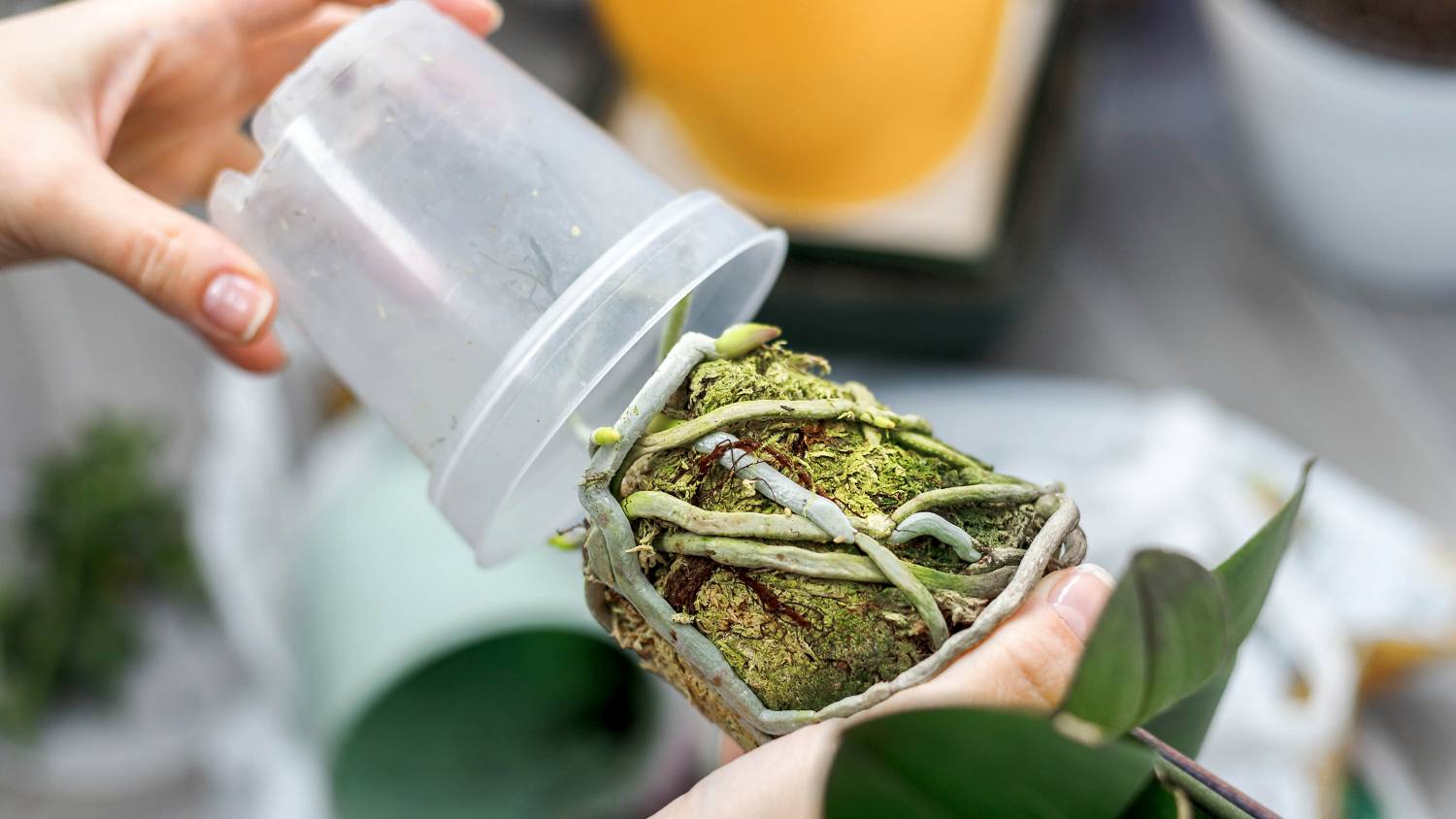
Learn how to repot an orchid
Read more

How to build garden steps
Read more

How to trim bushes the right way
Read more
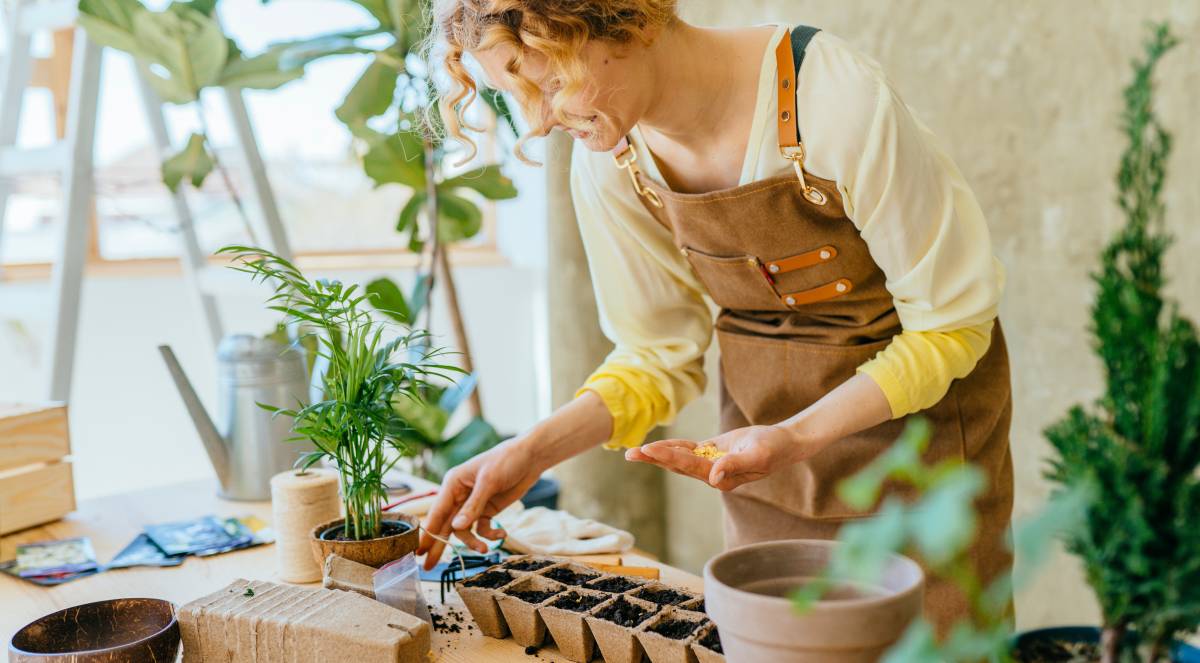
25 ways to make money gardening
Read more
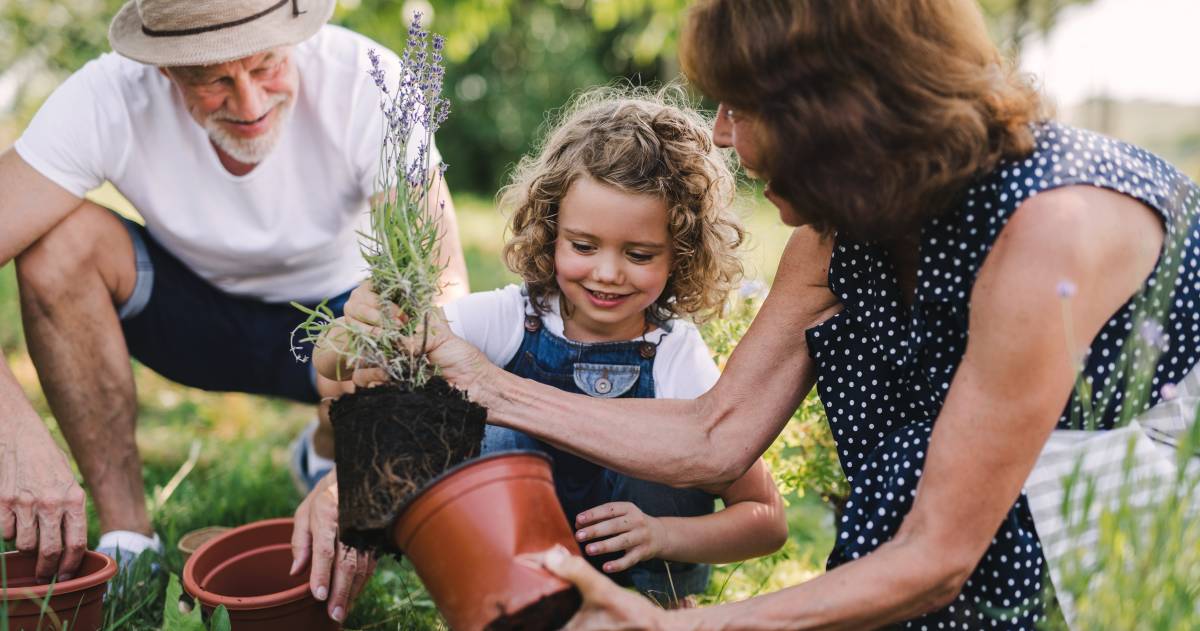
13 best spring gardening tips
Read more

How to clean garden rocks
Read more
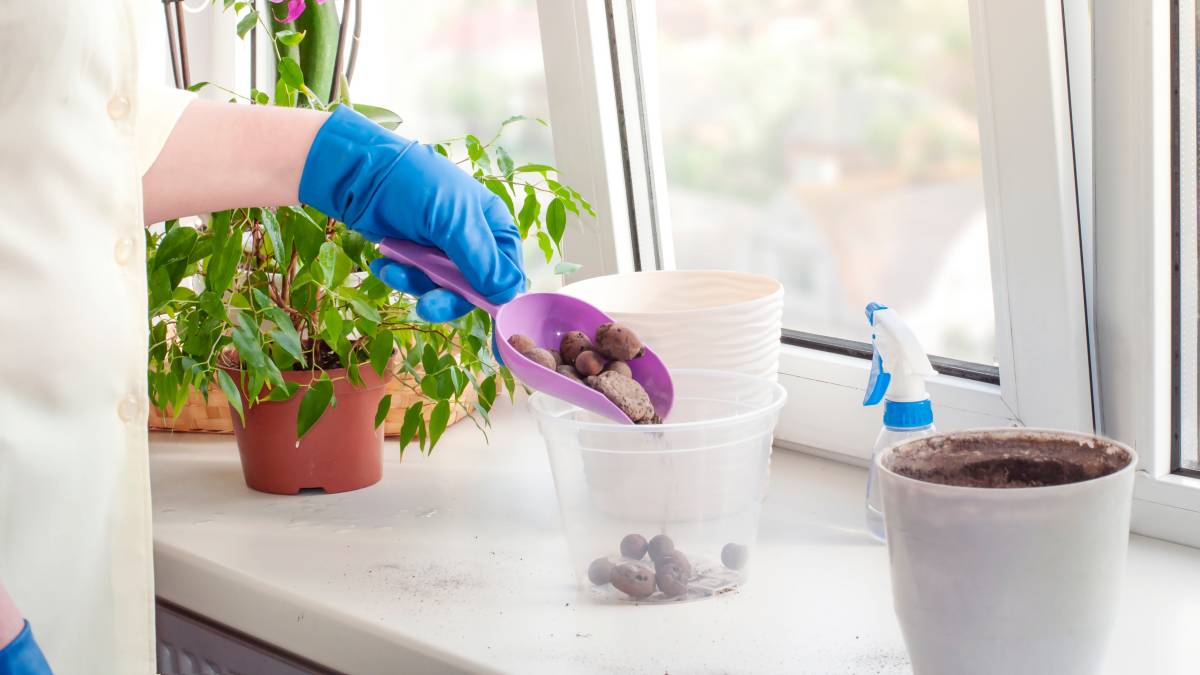
36 Quirky plant pot ideas you’ll love
Read more
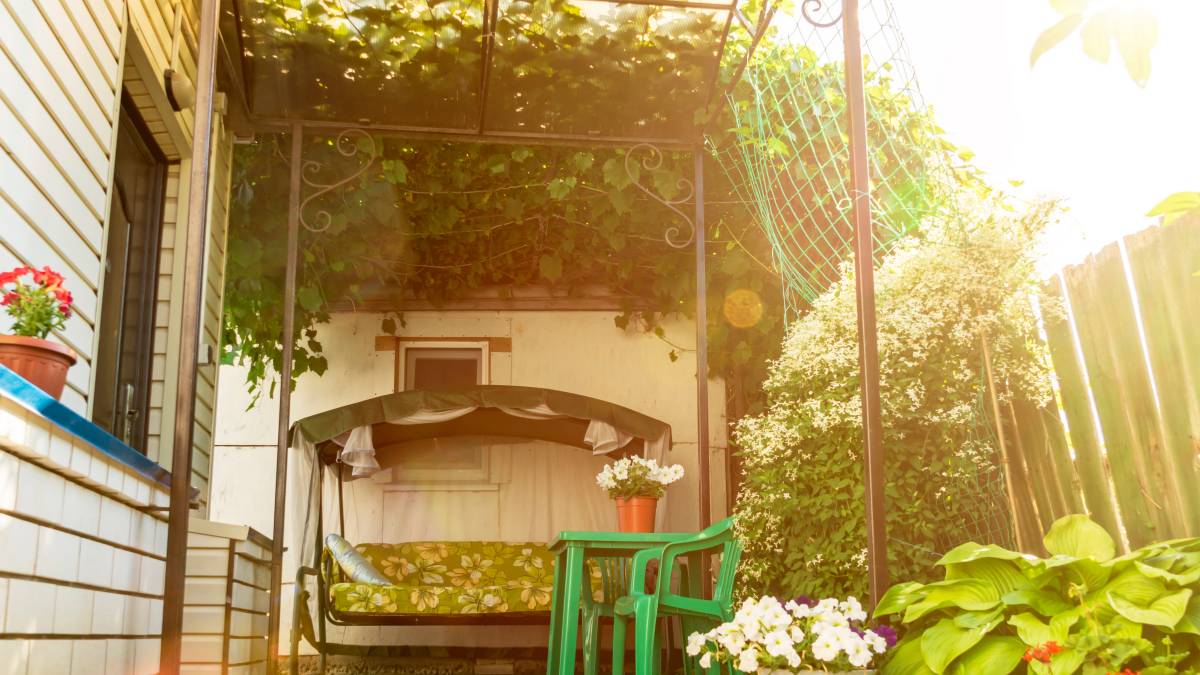
18 Garden canopy ideas you’ll love
Read more
Related price guides
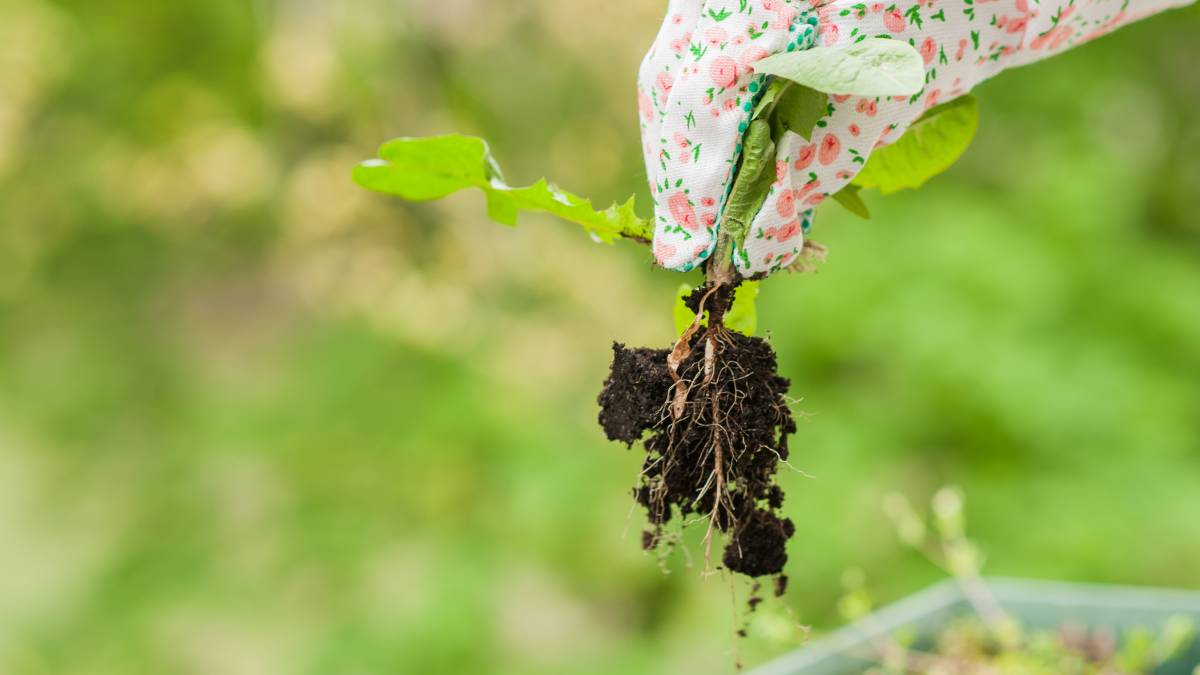
How much does weeding cost?
Read more

How much does a gardener cost?
Read more
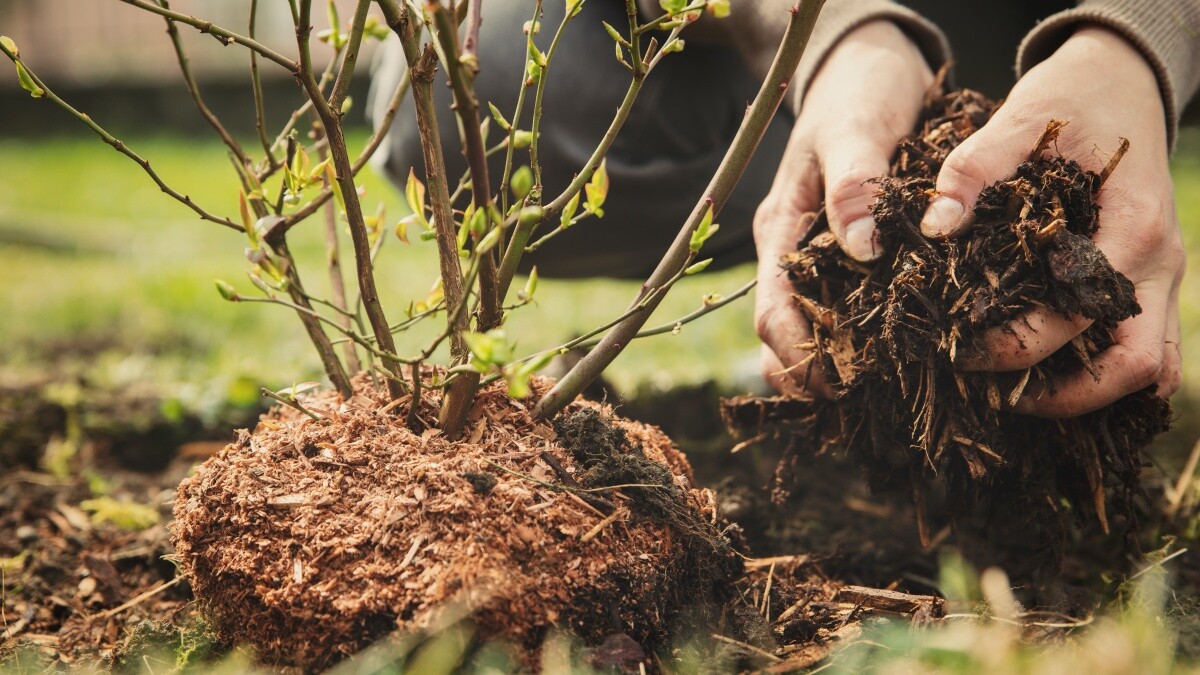
How much does mulch cost?
Read more
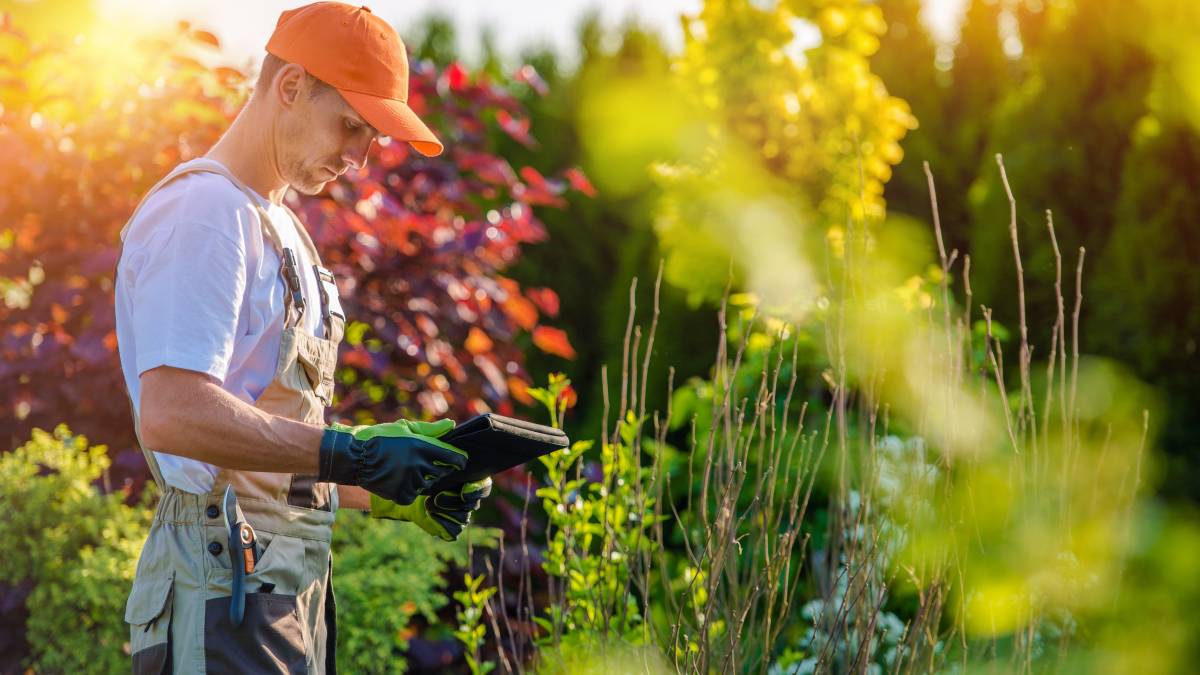
How much does garden clearance cost?
Read more
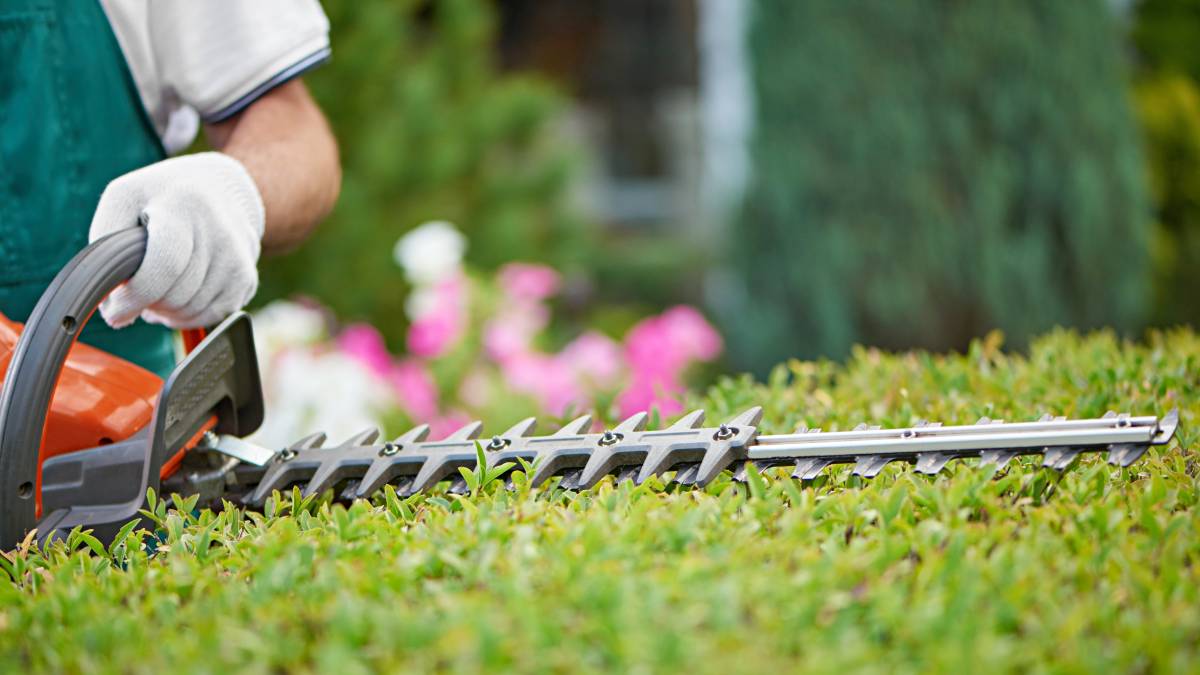
How much does hedge removal cost?
Read more
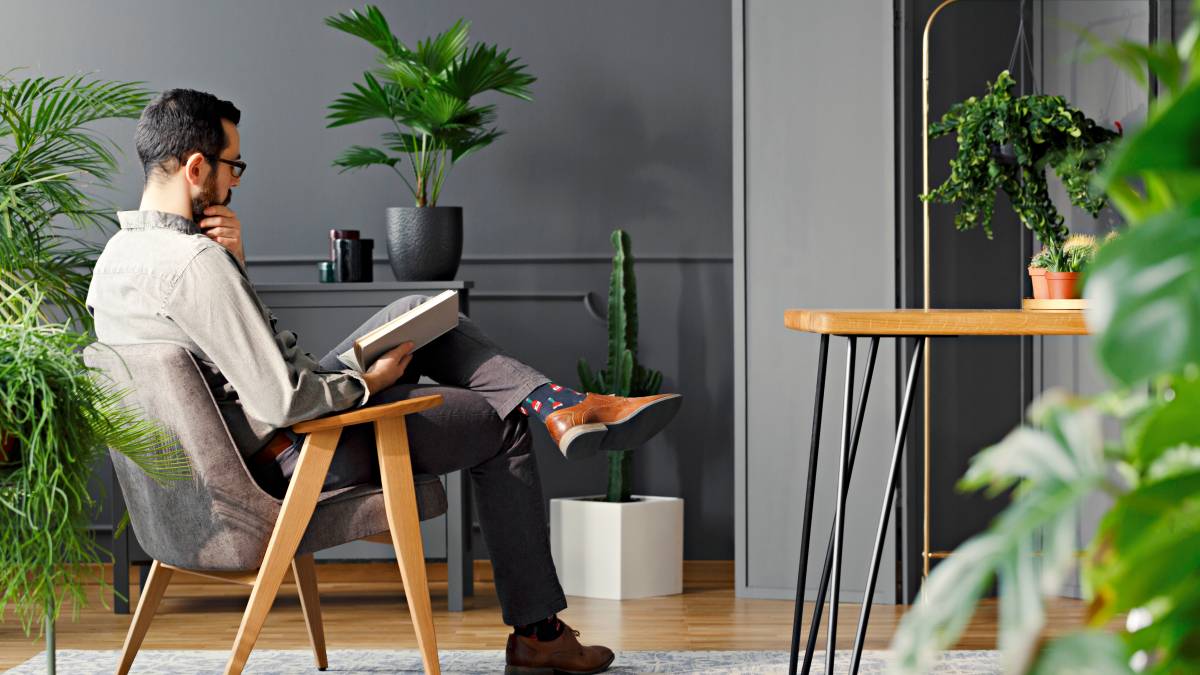
How much does a garden room cost?
Read more
